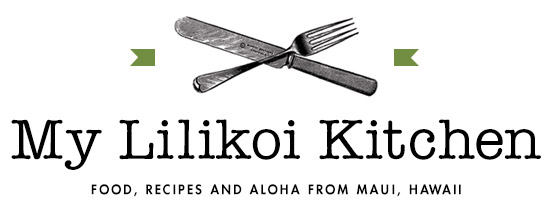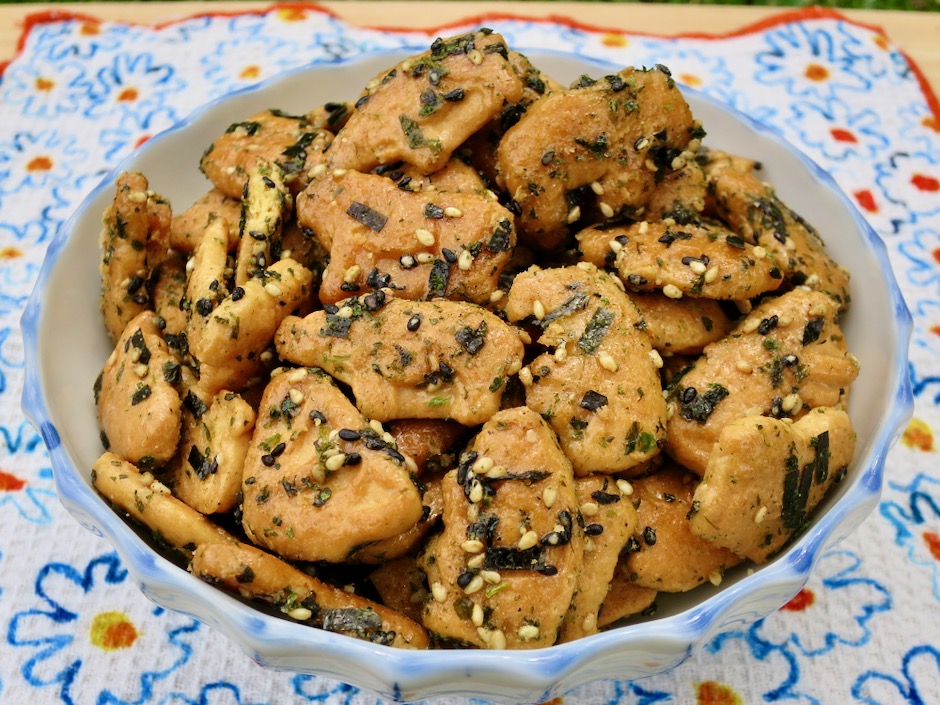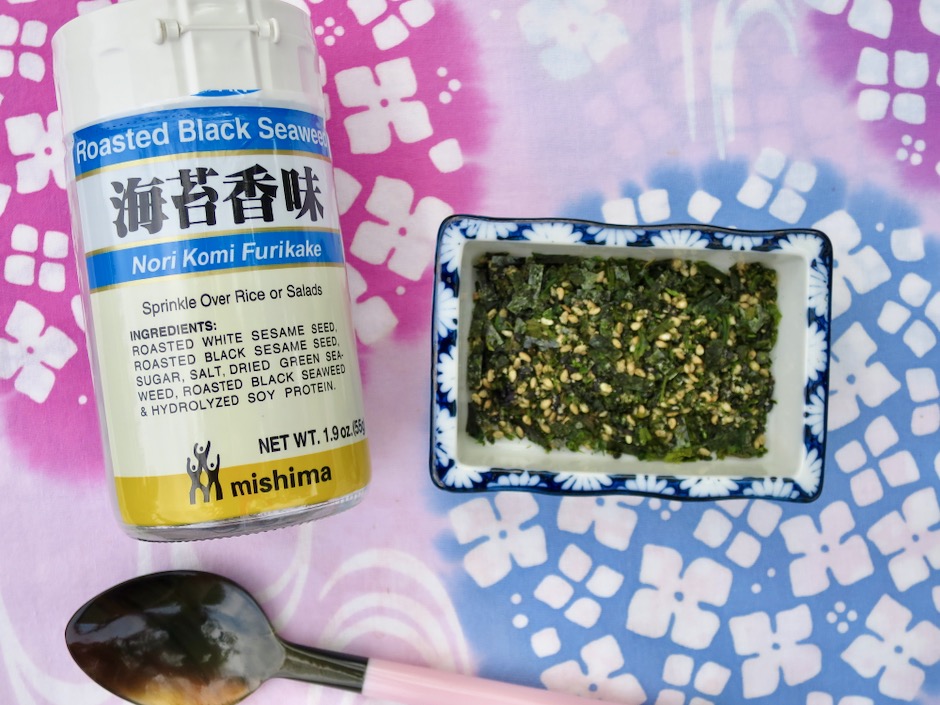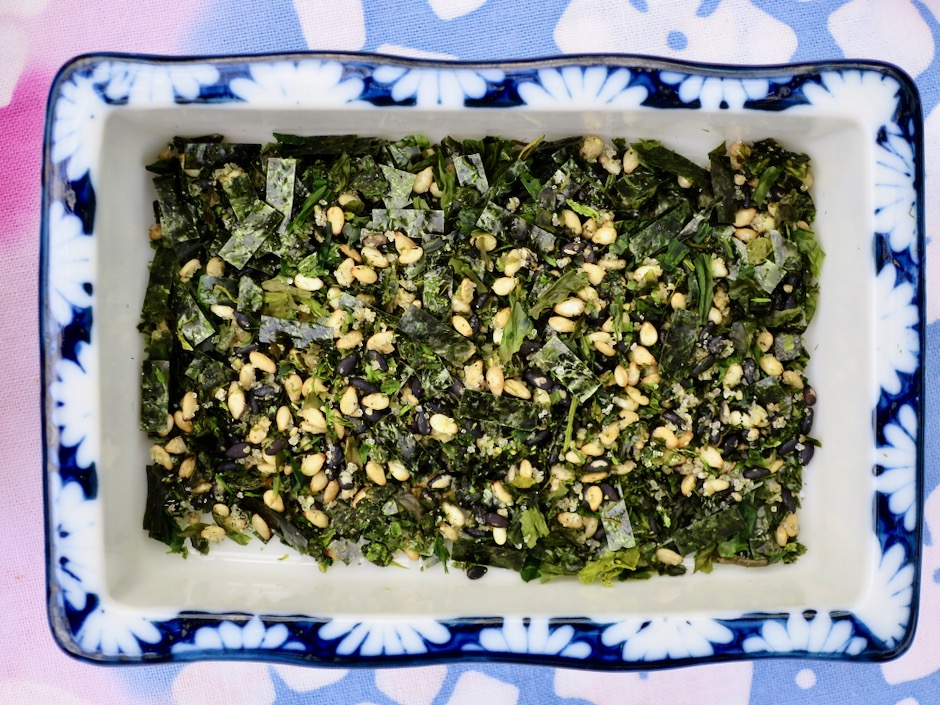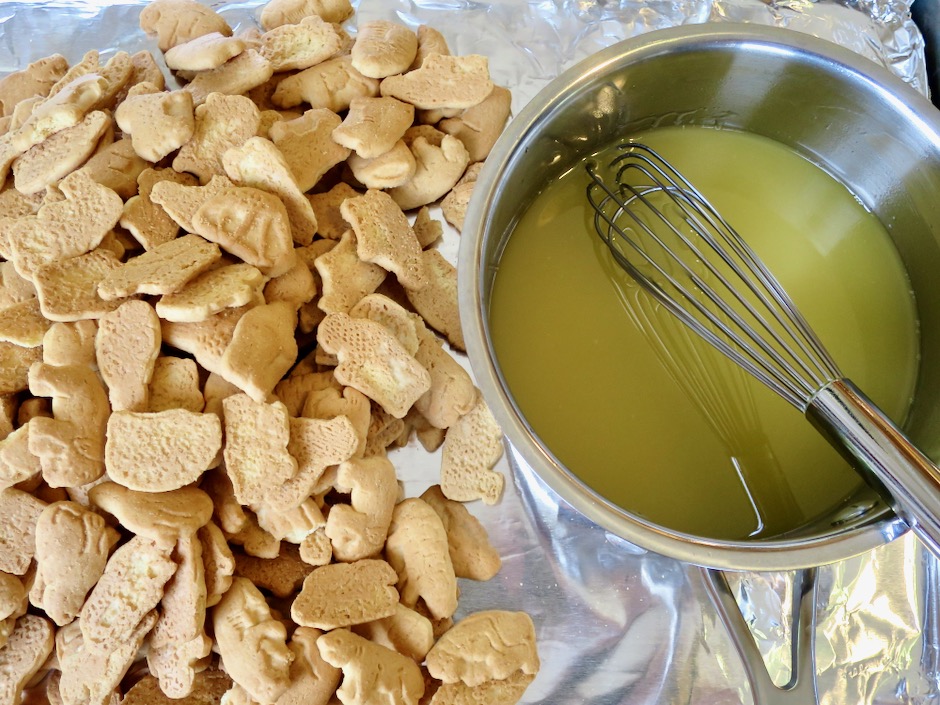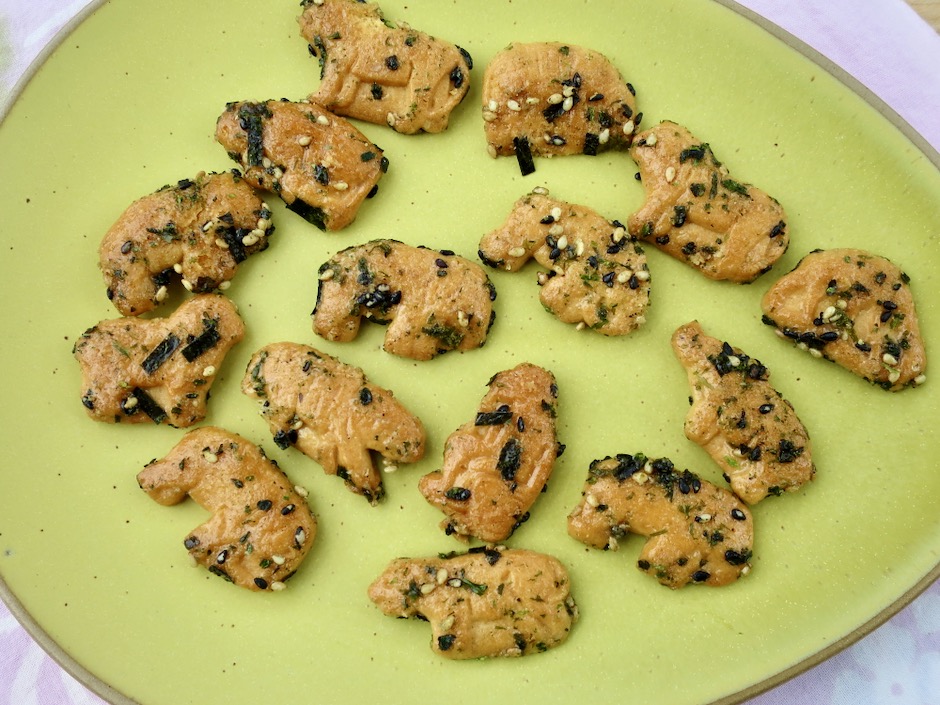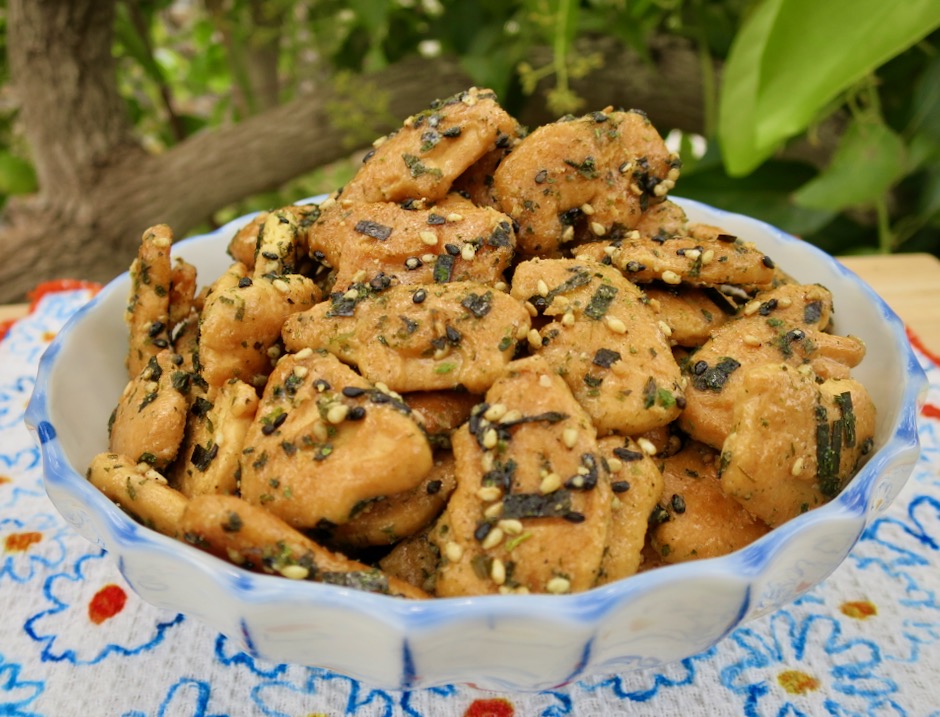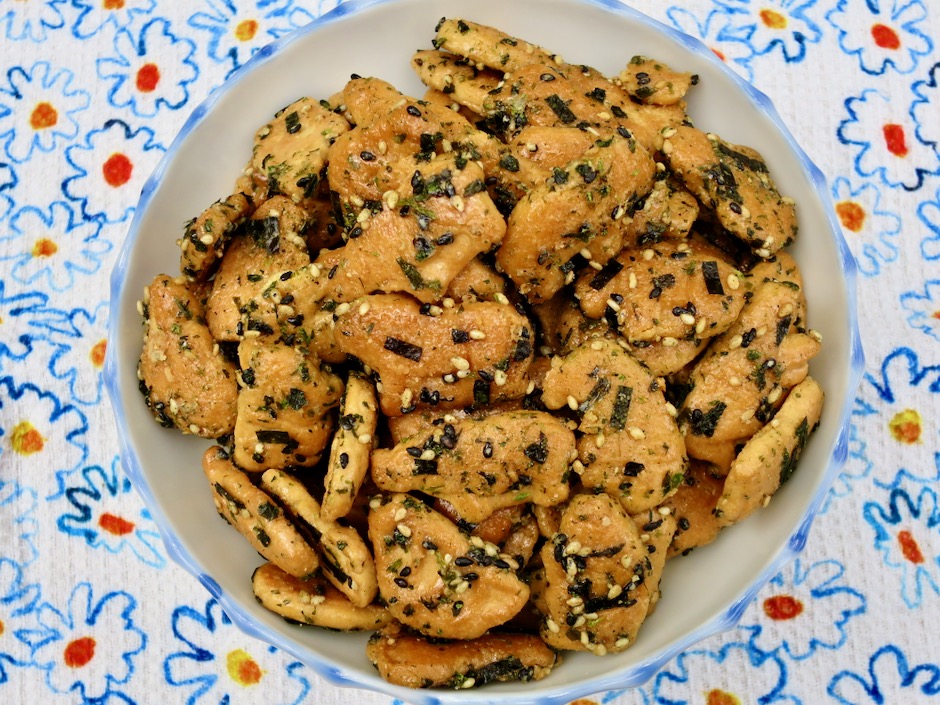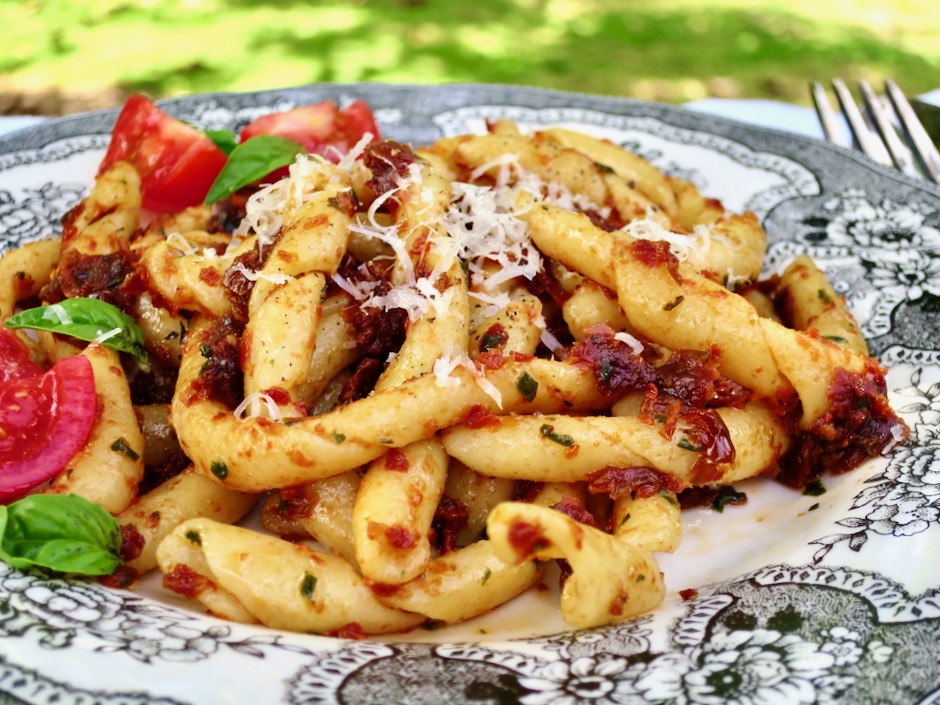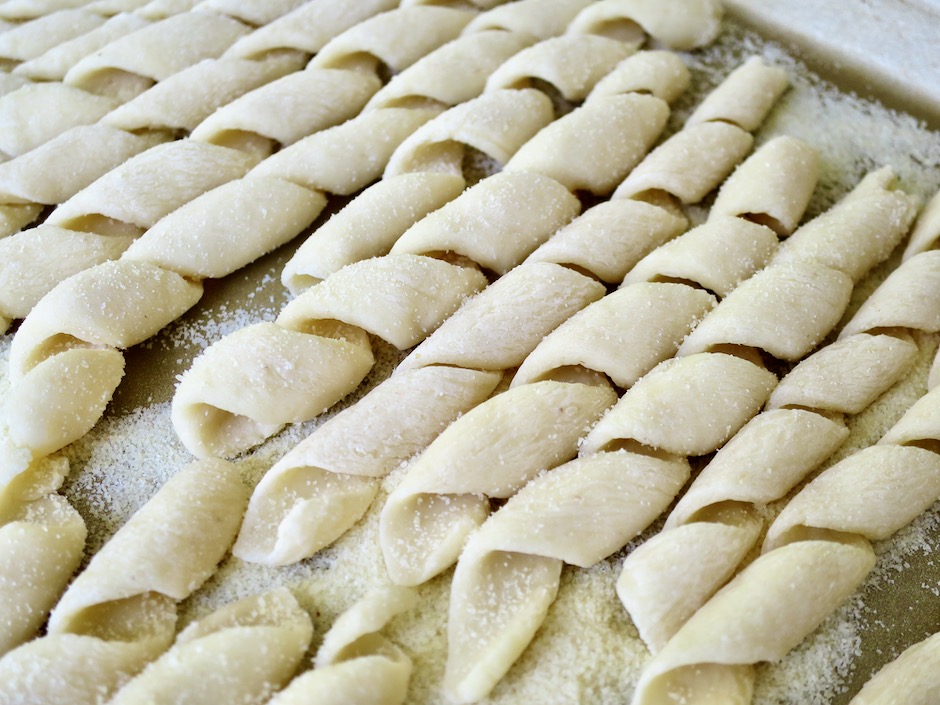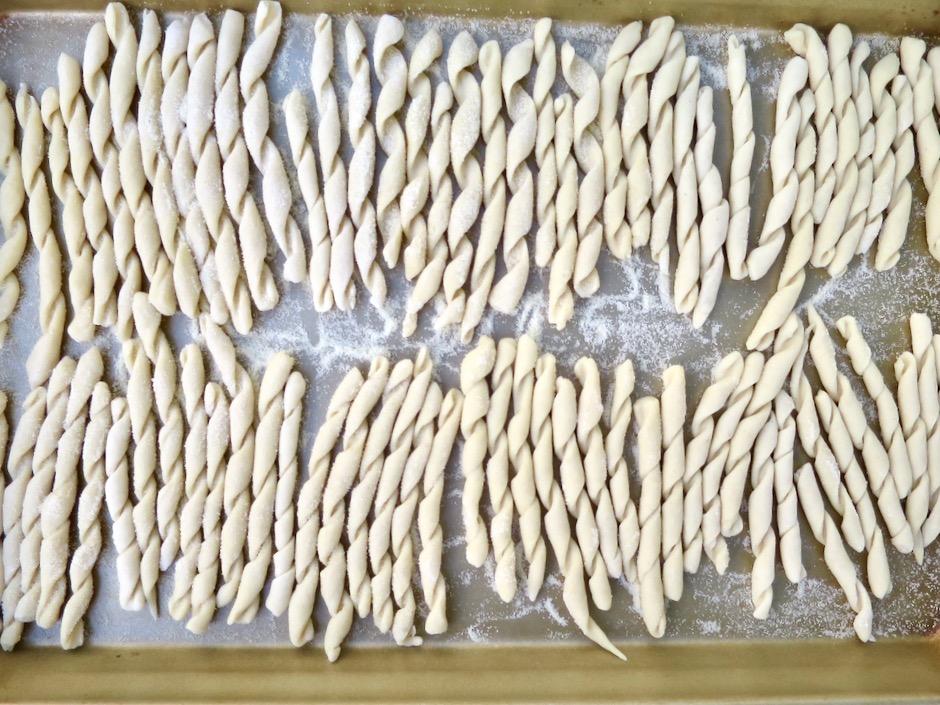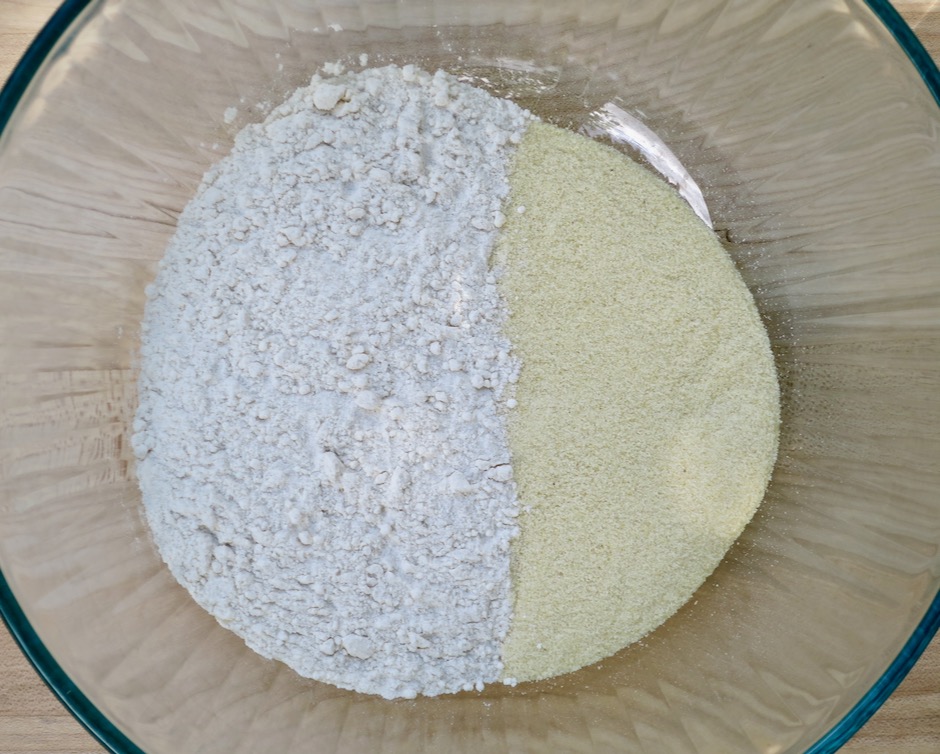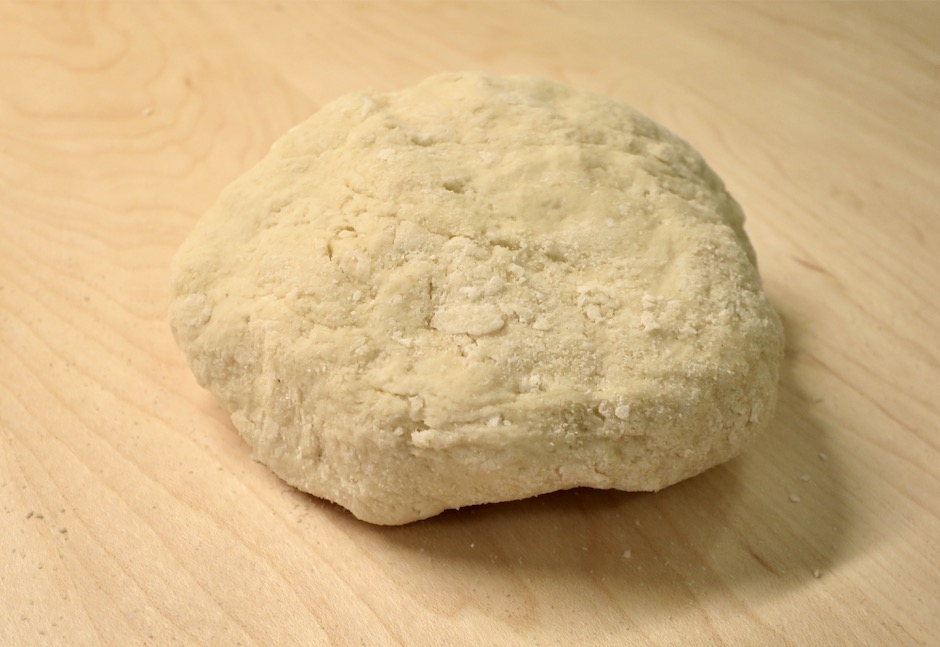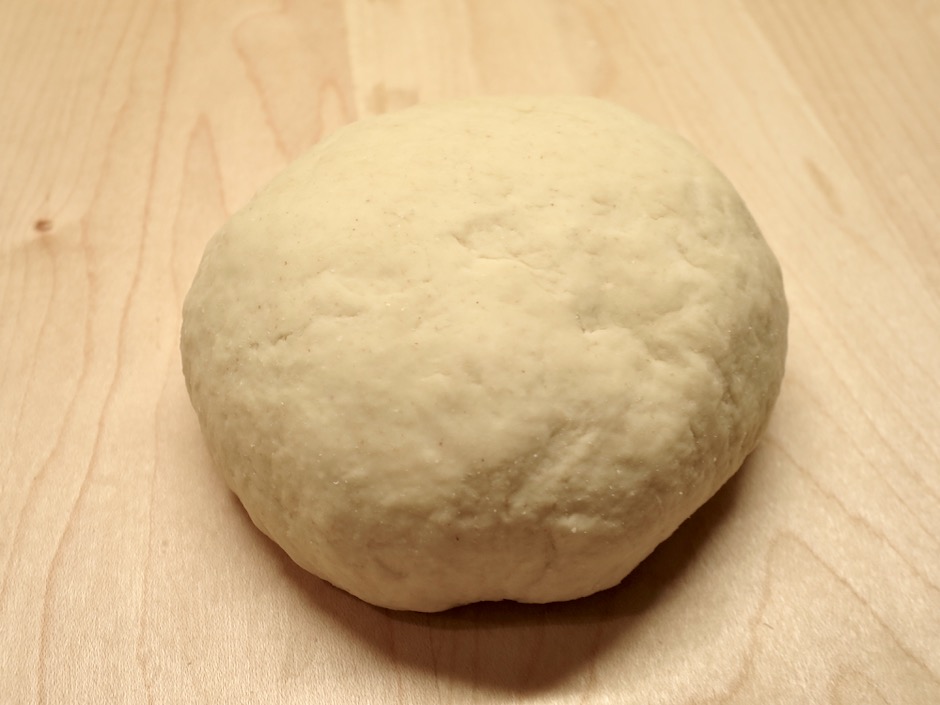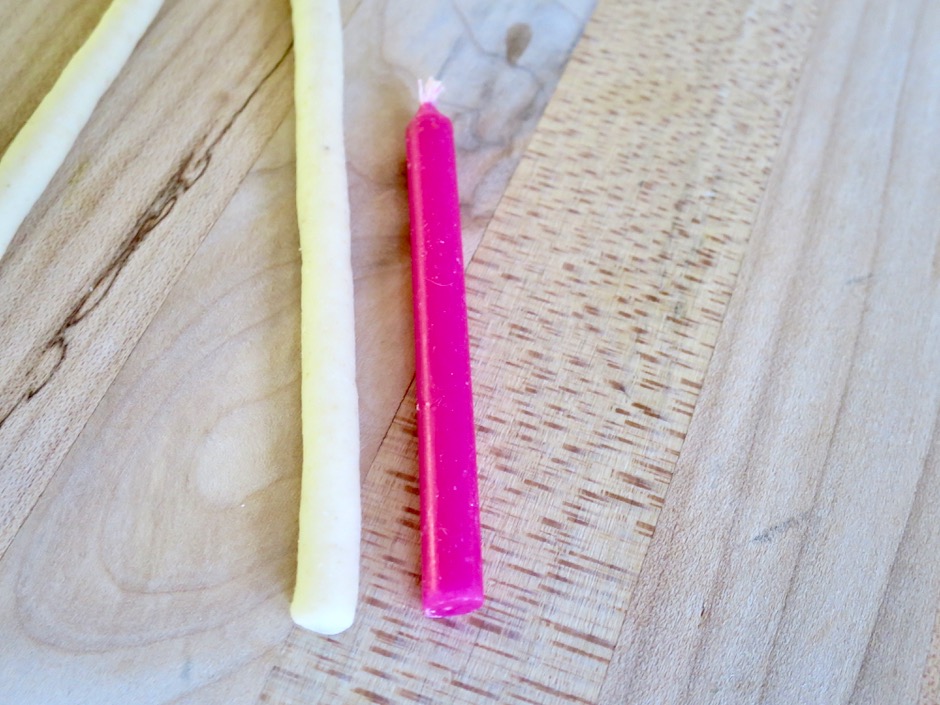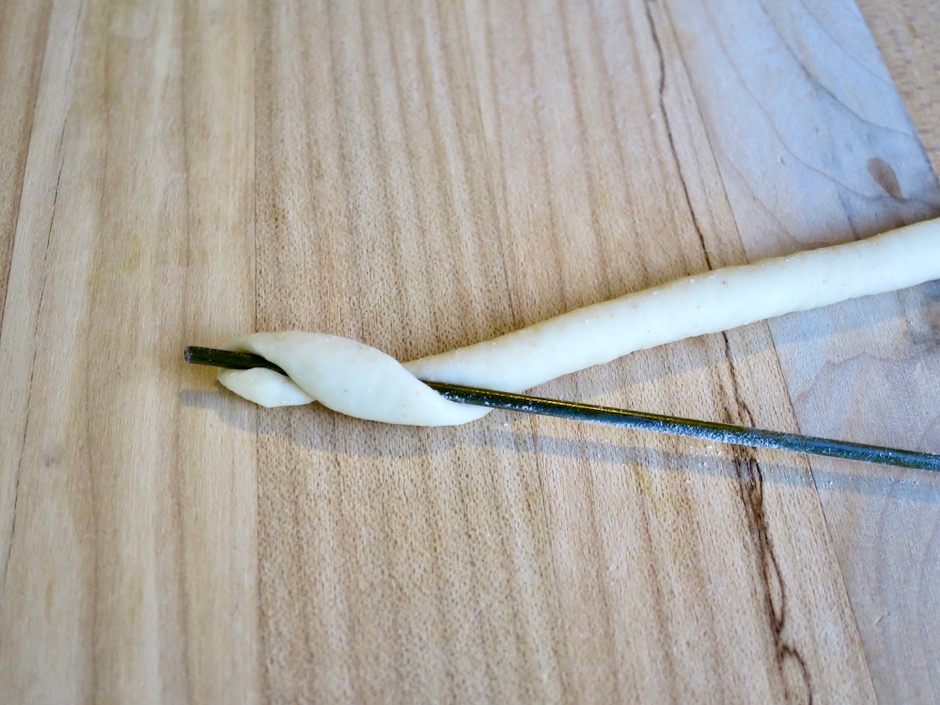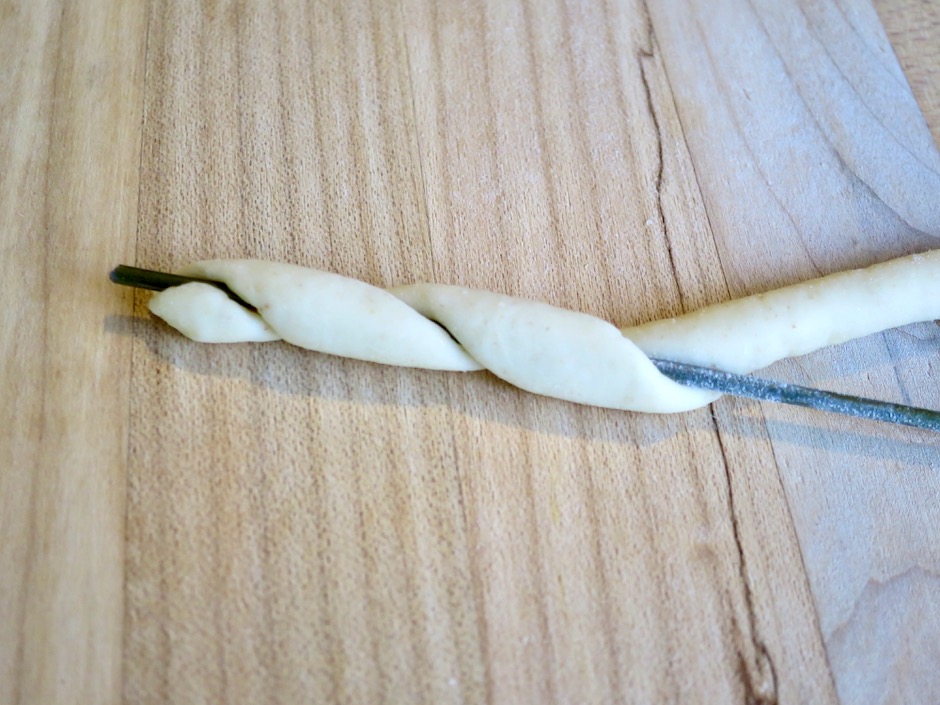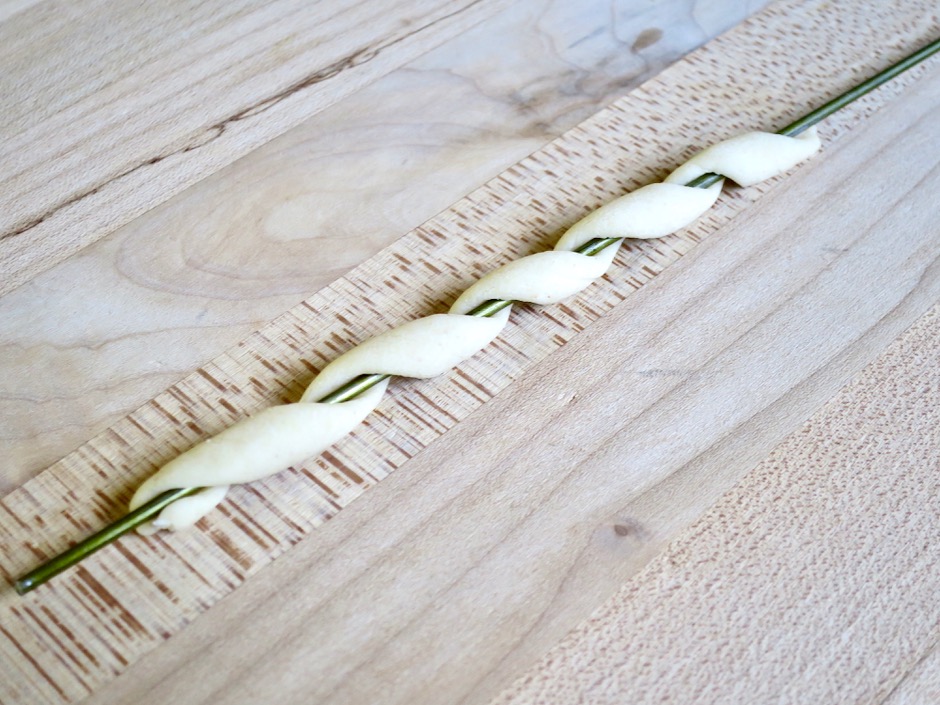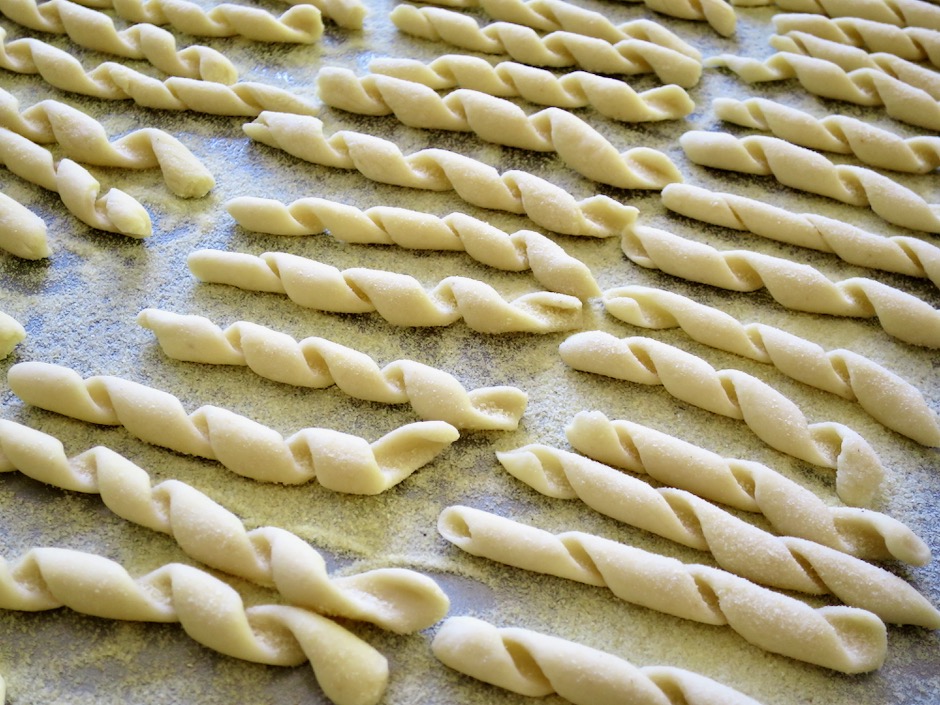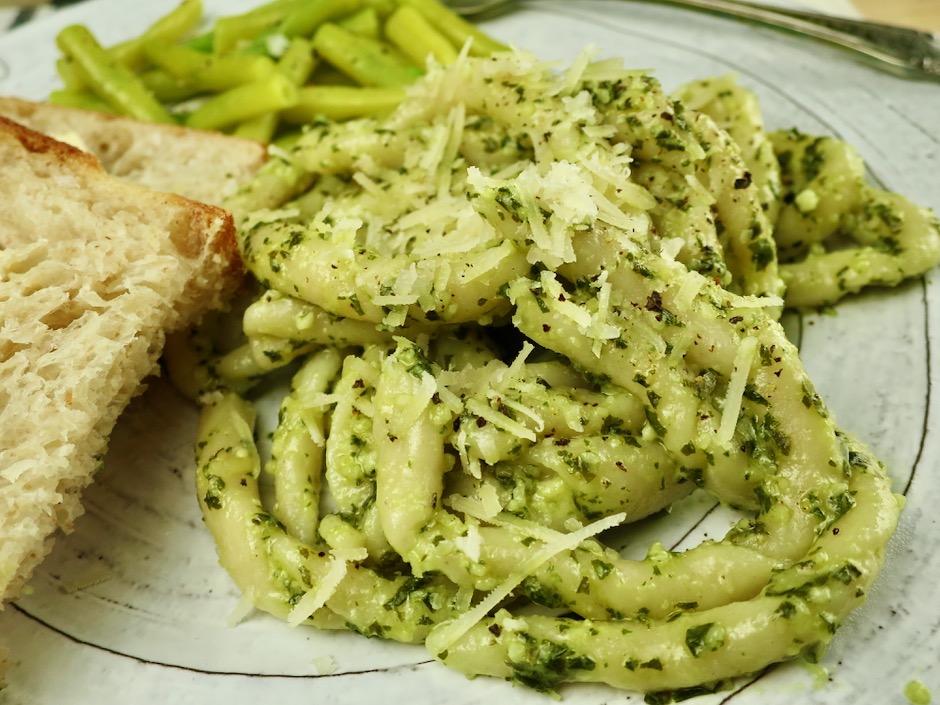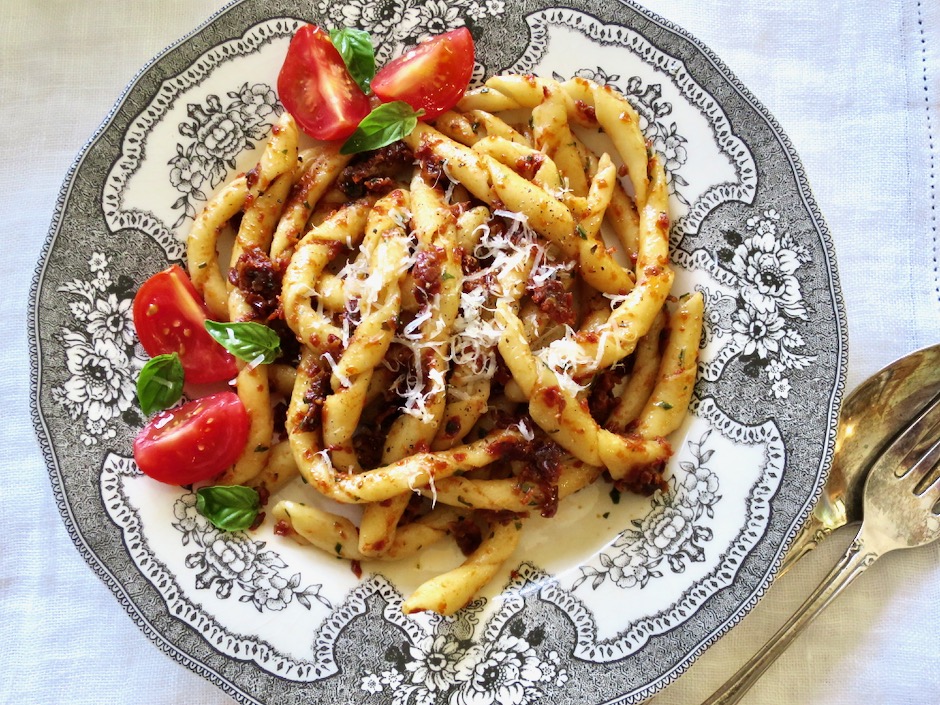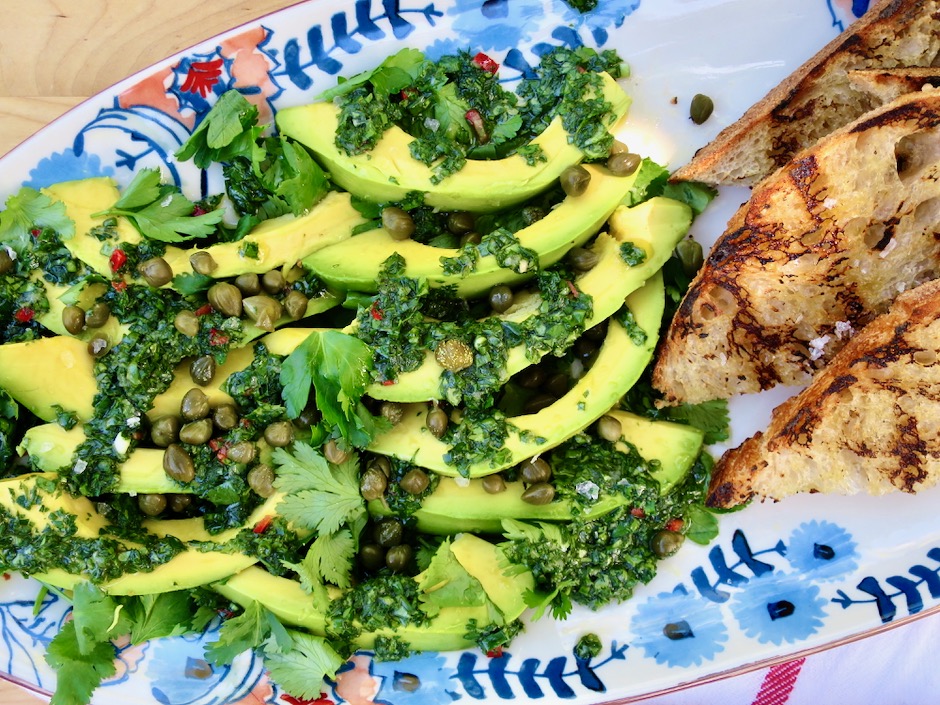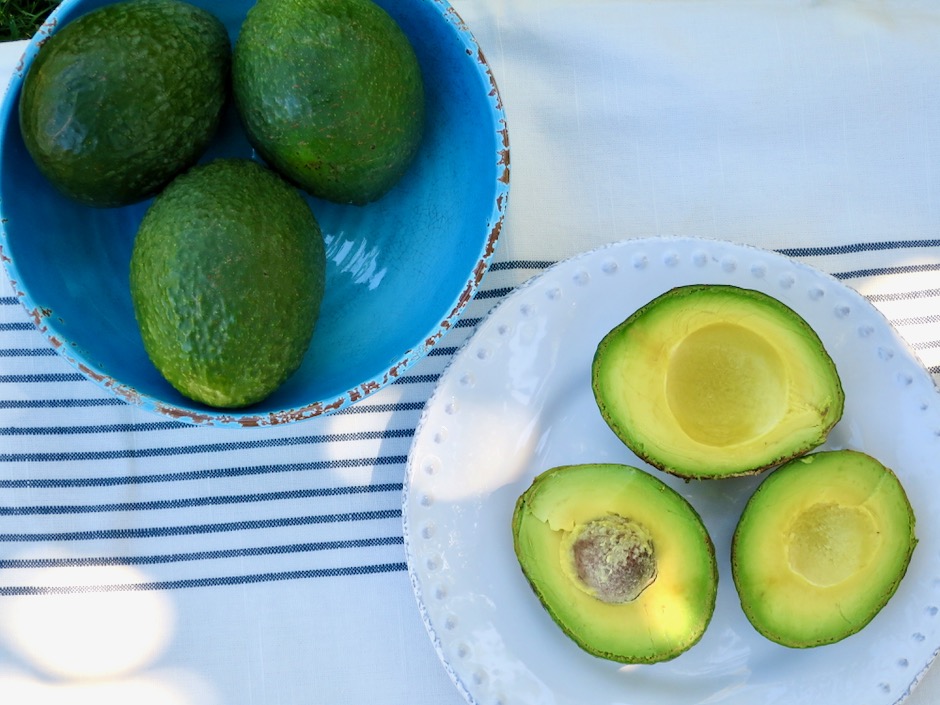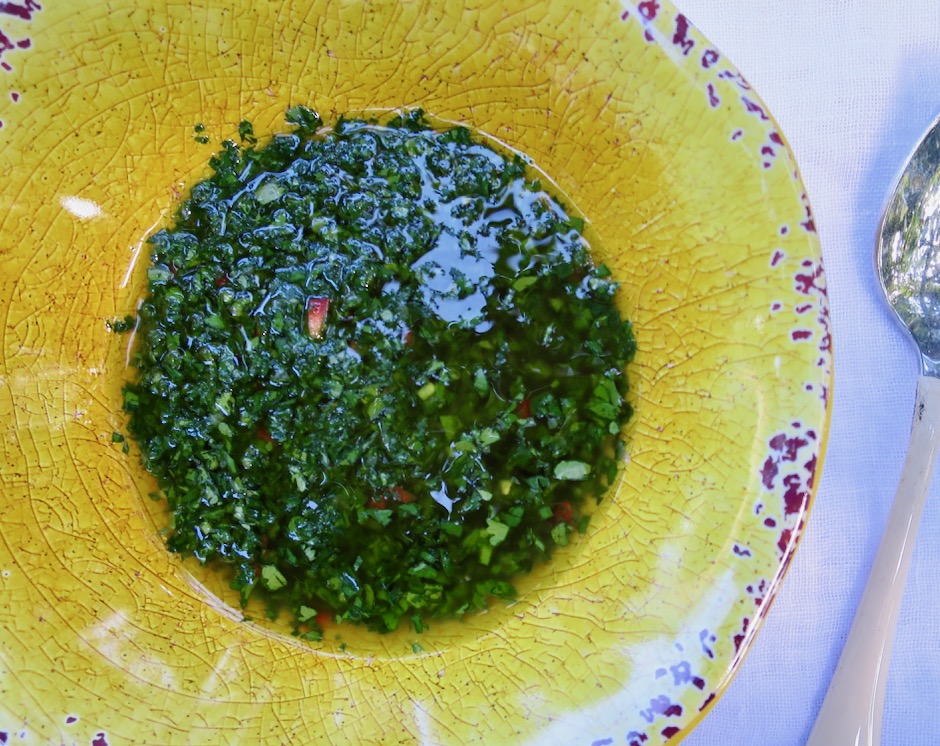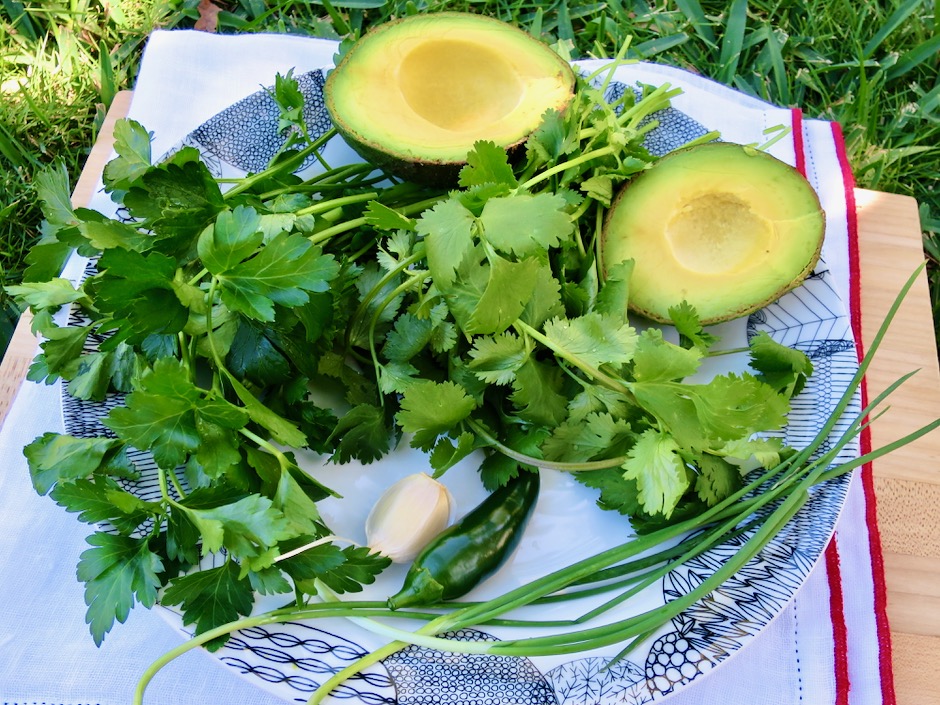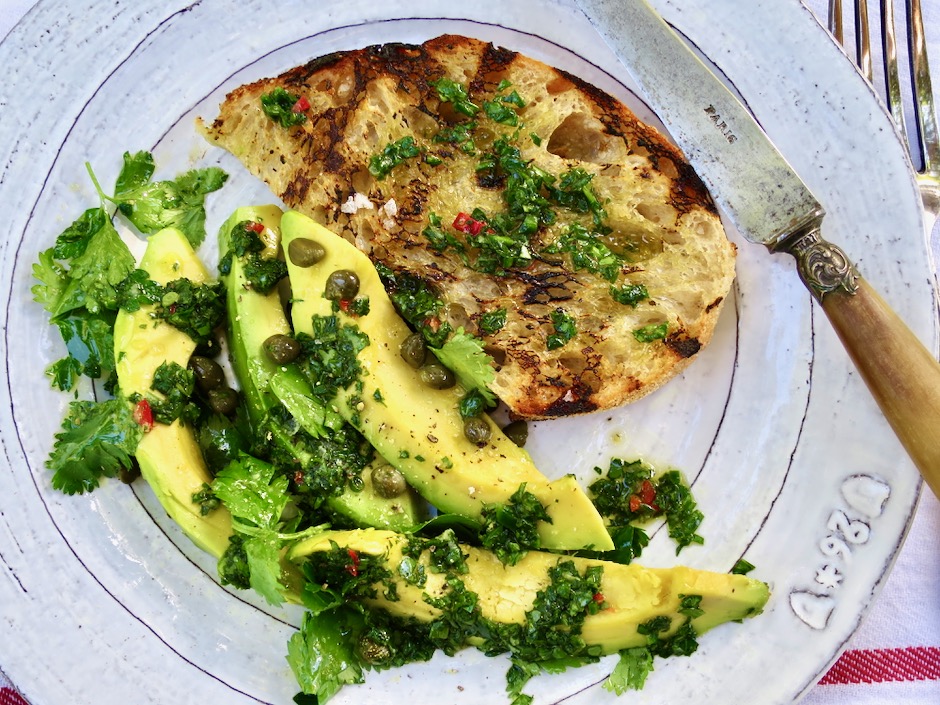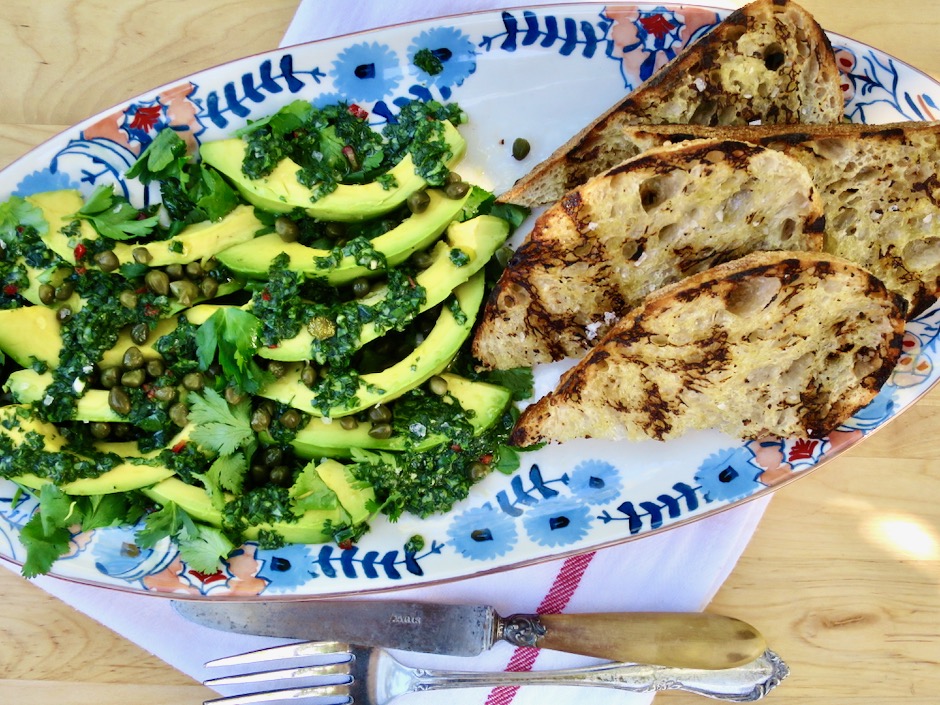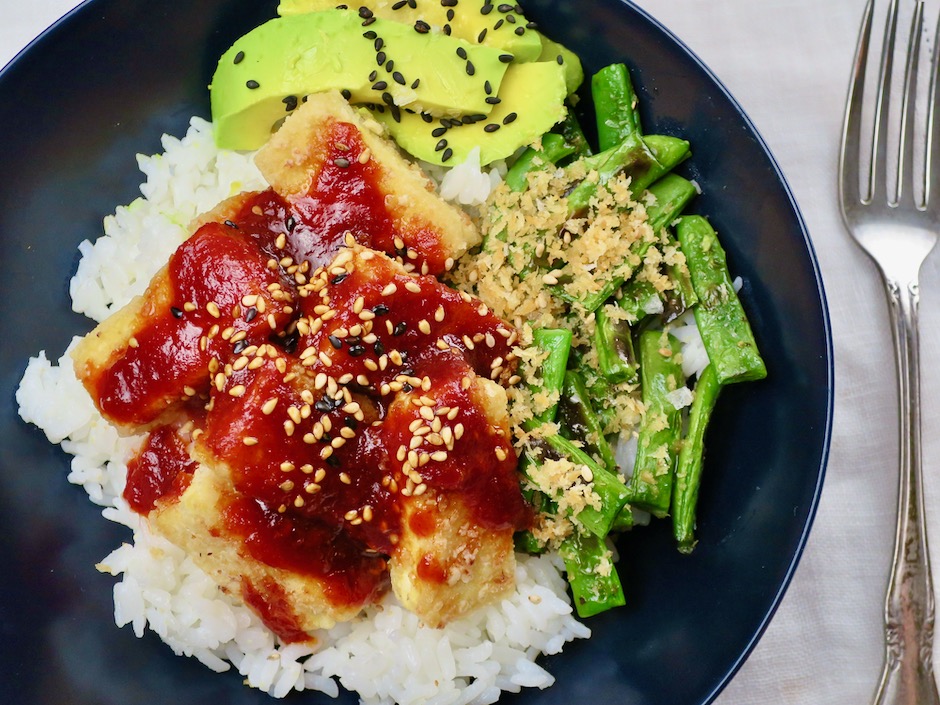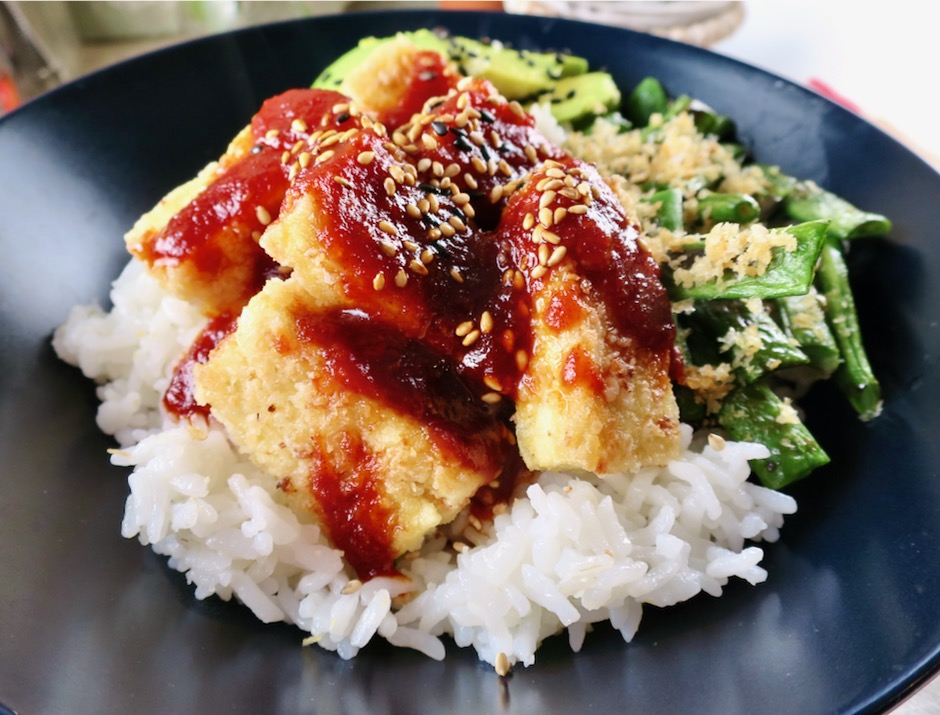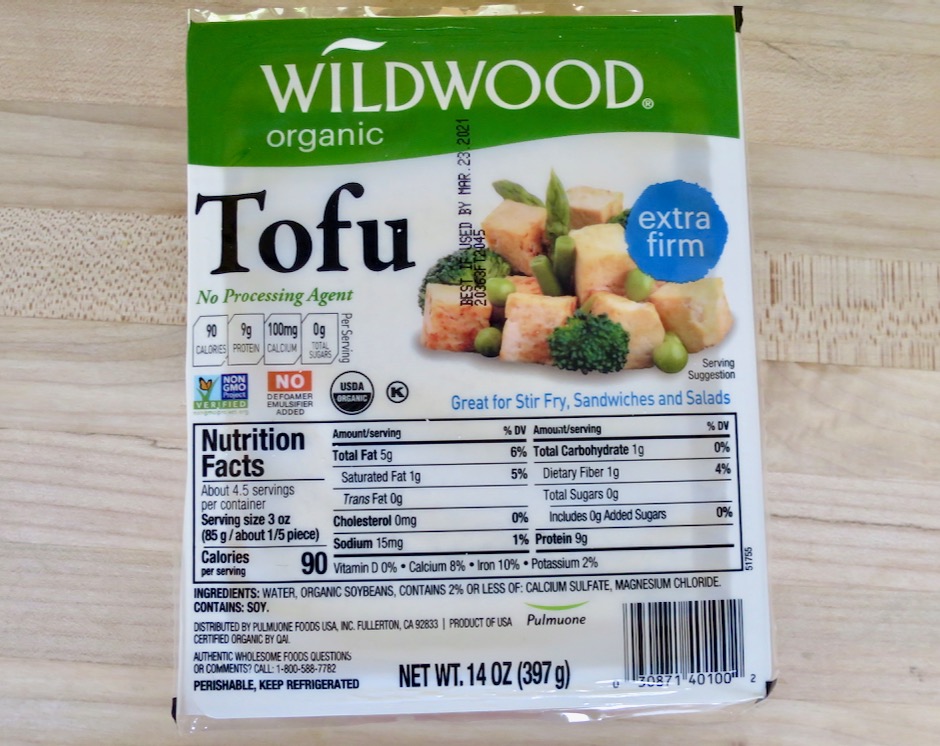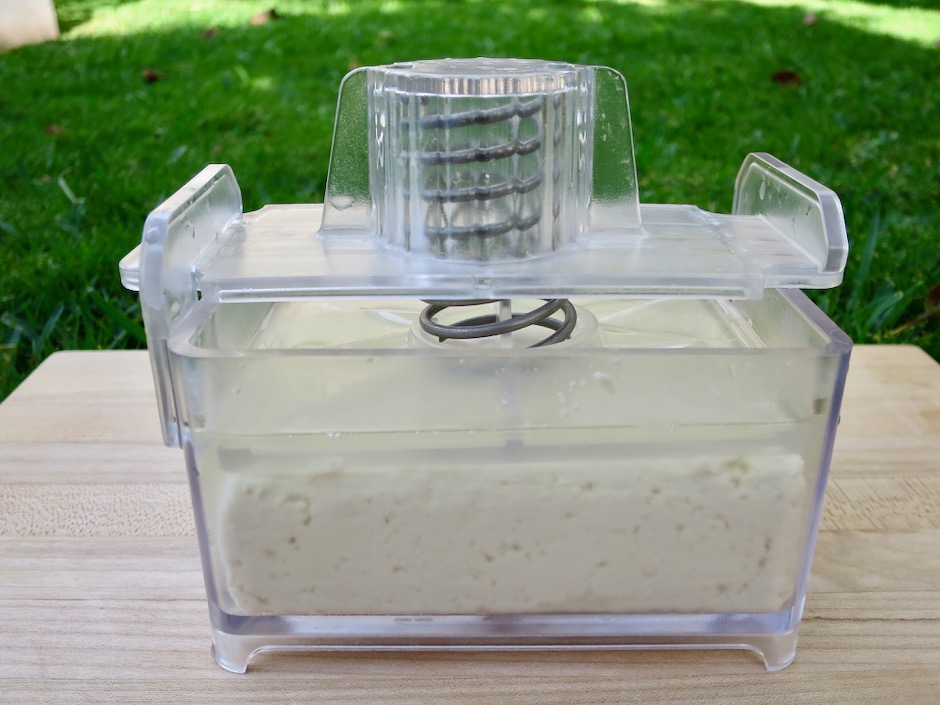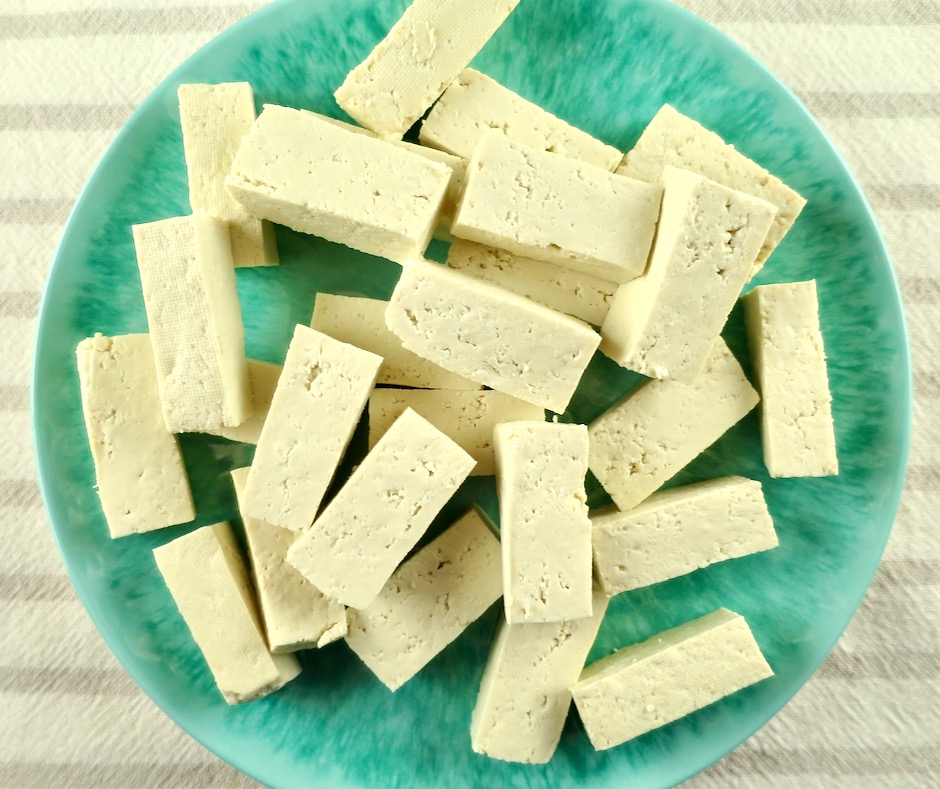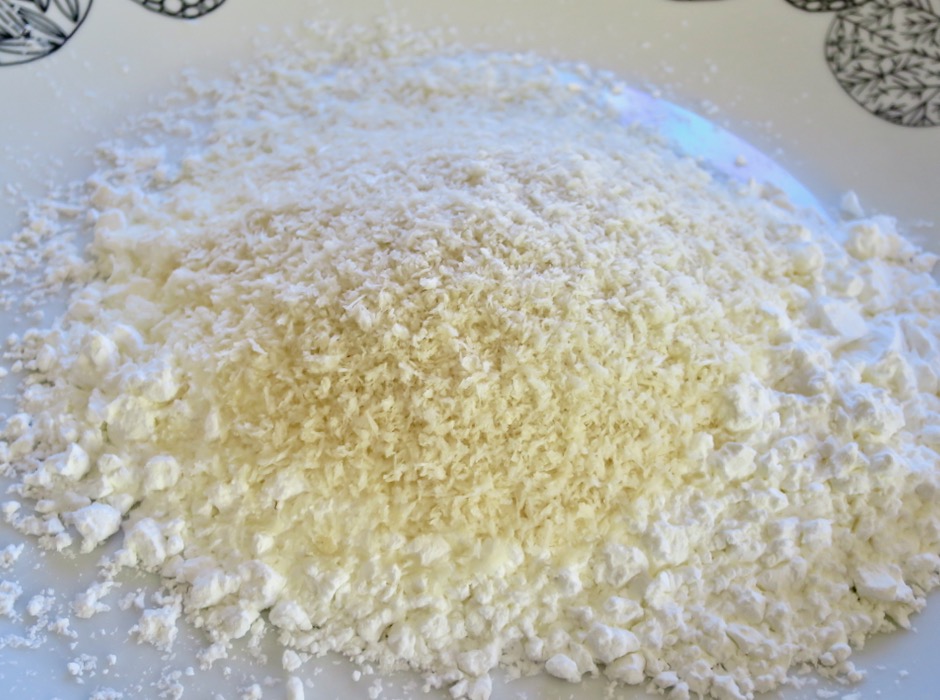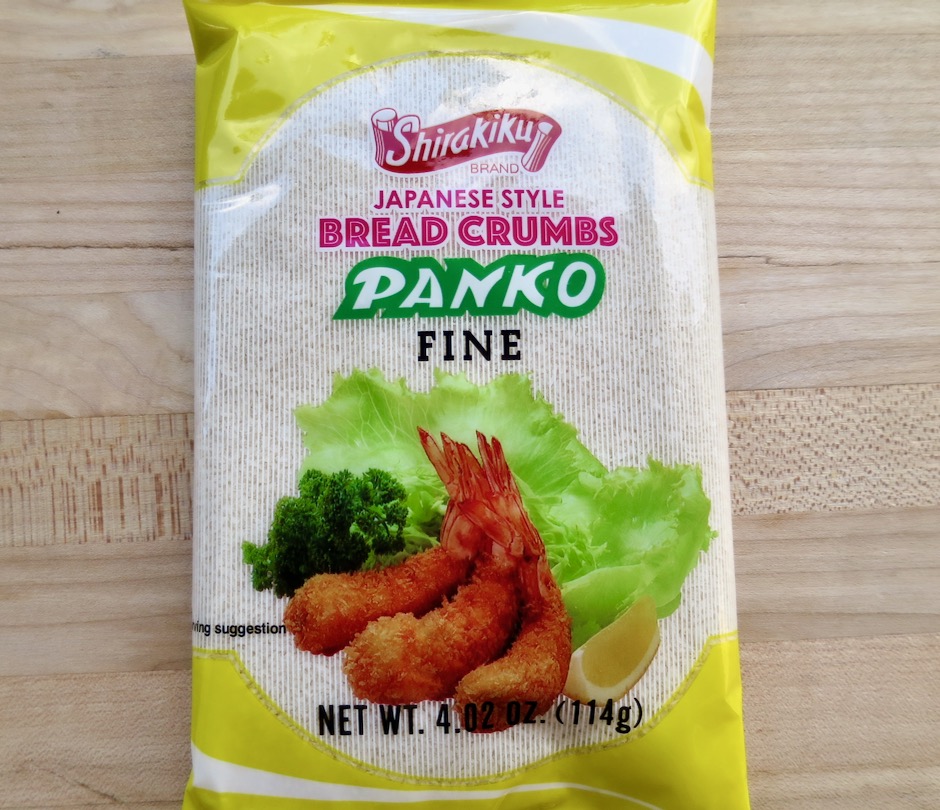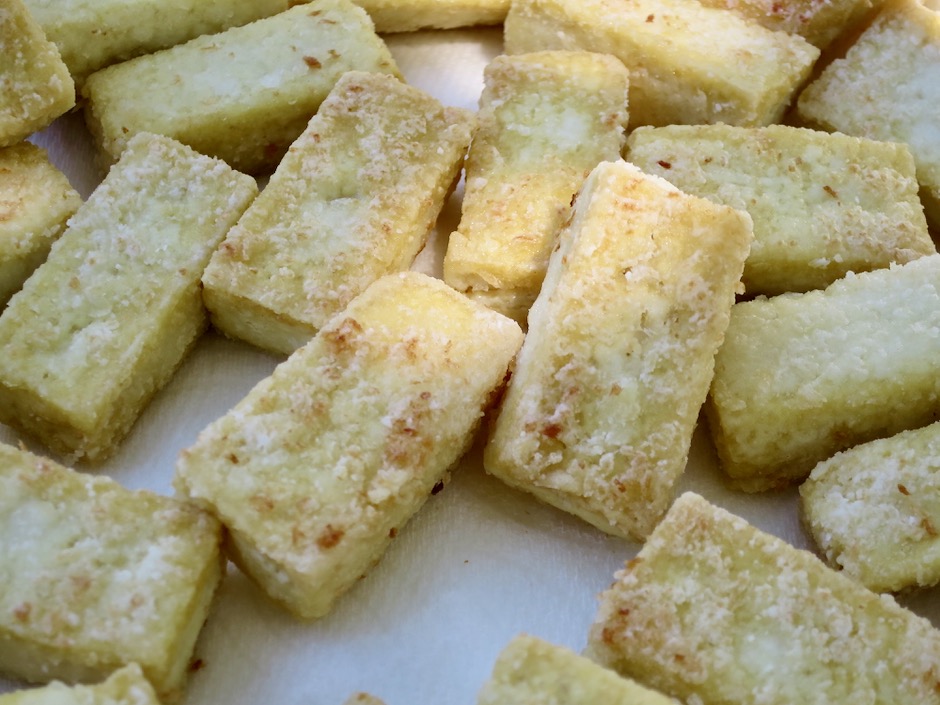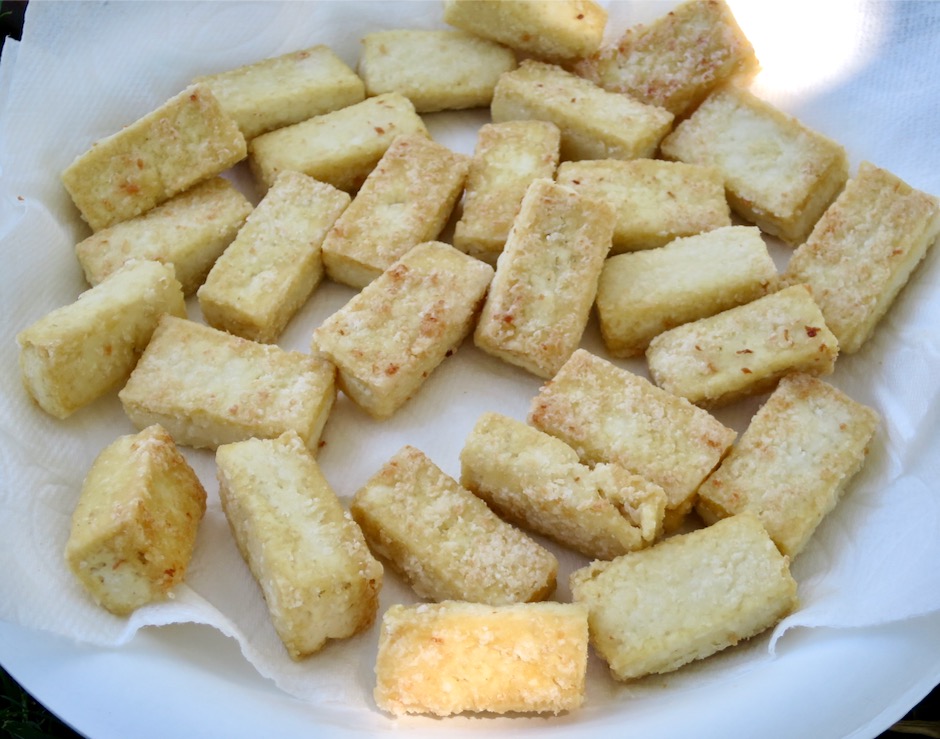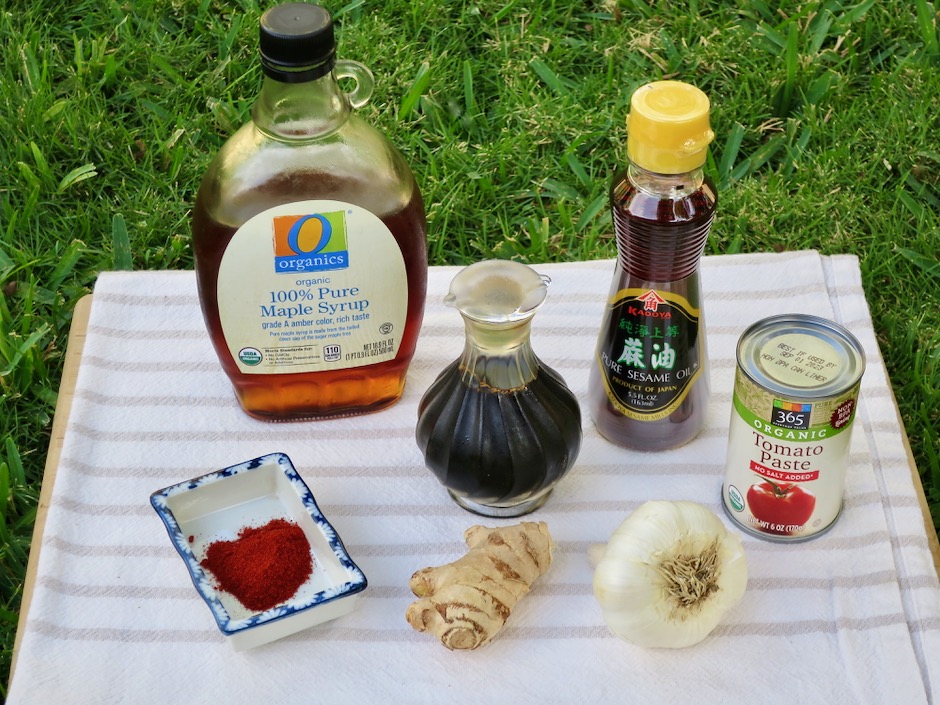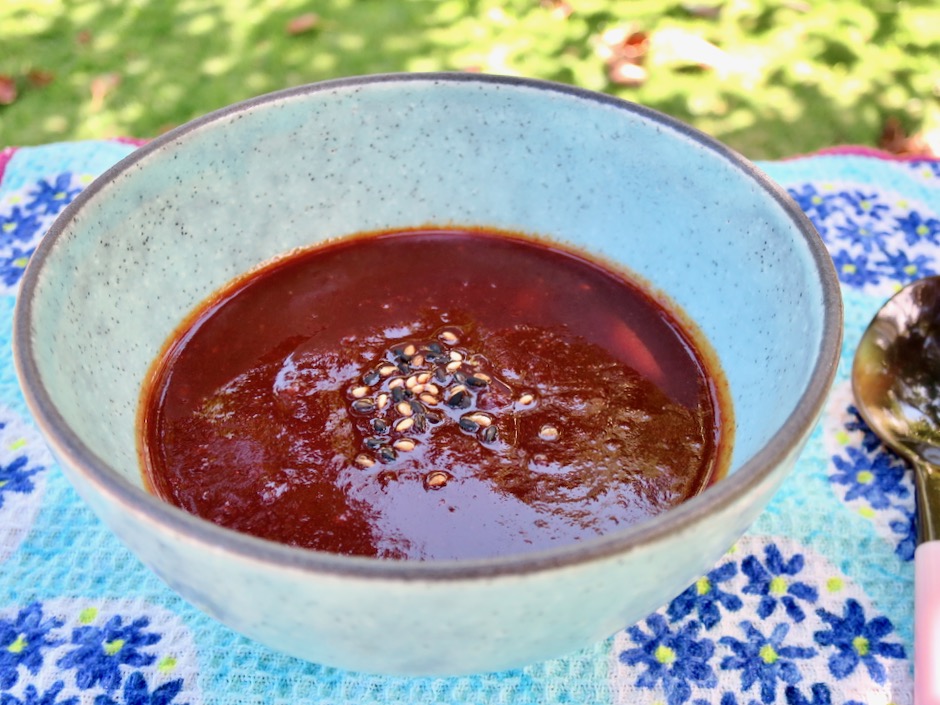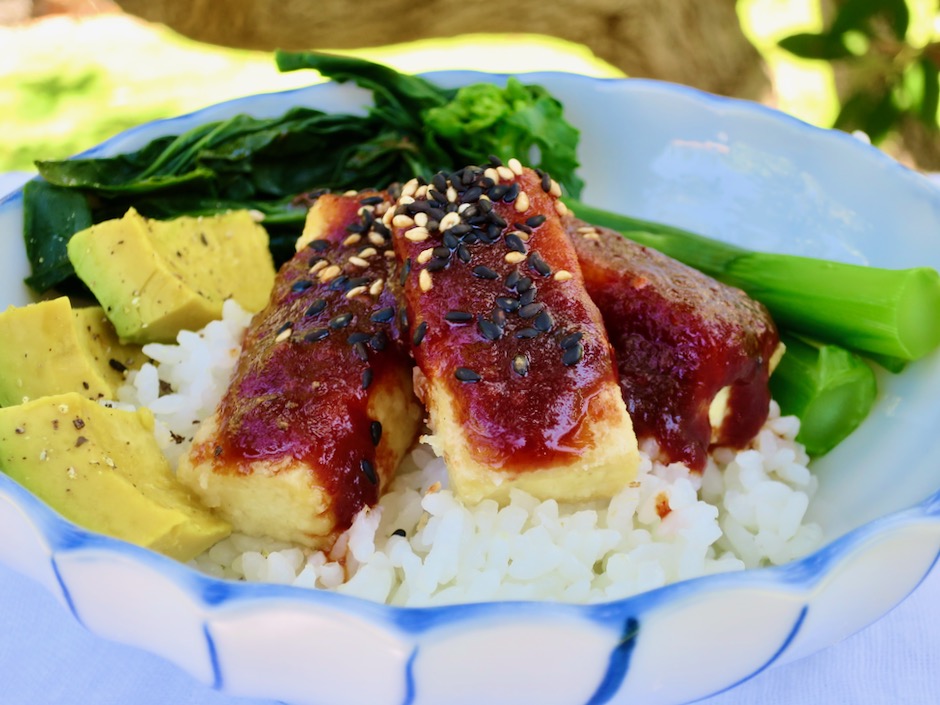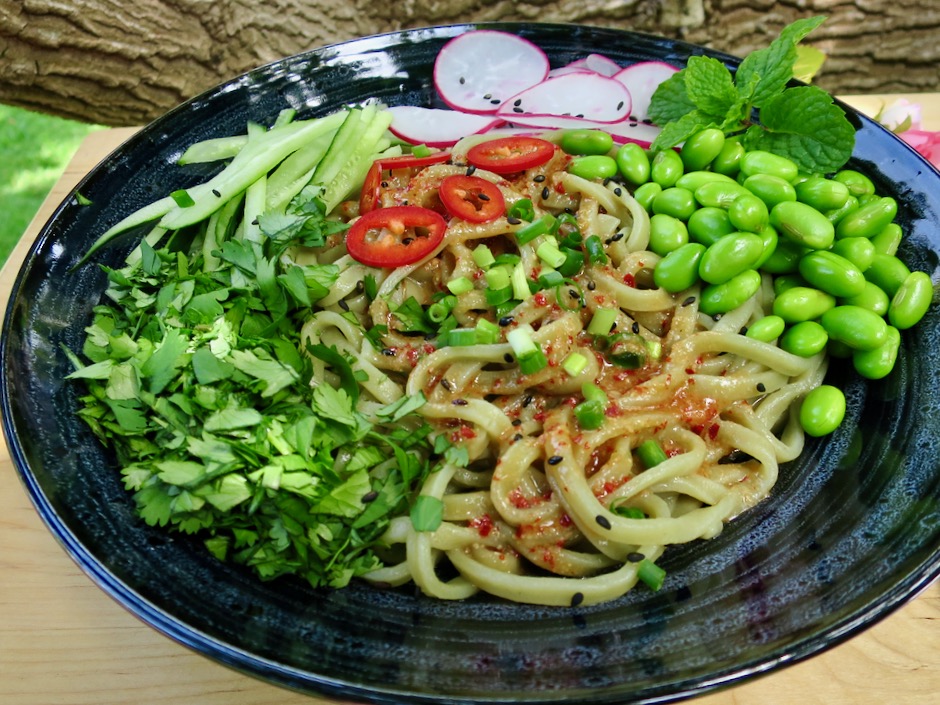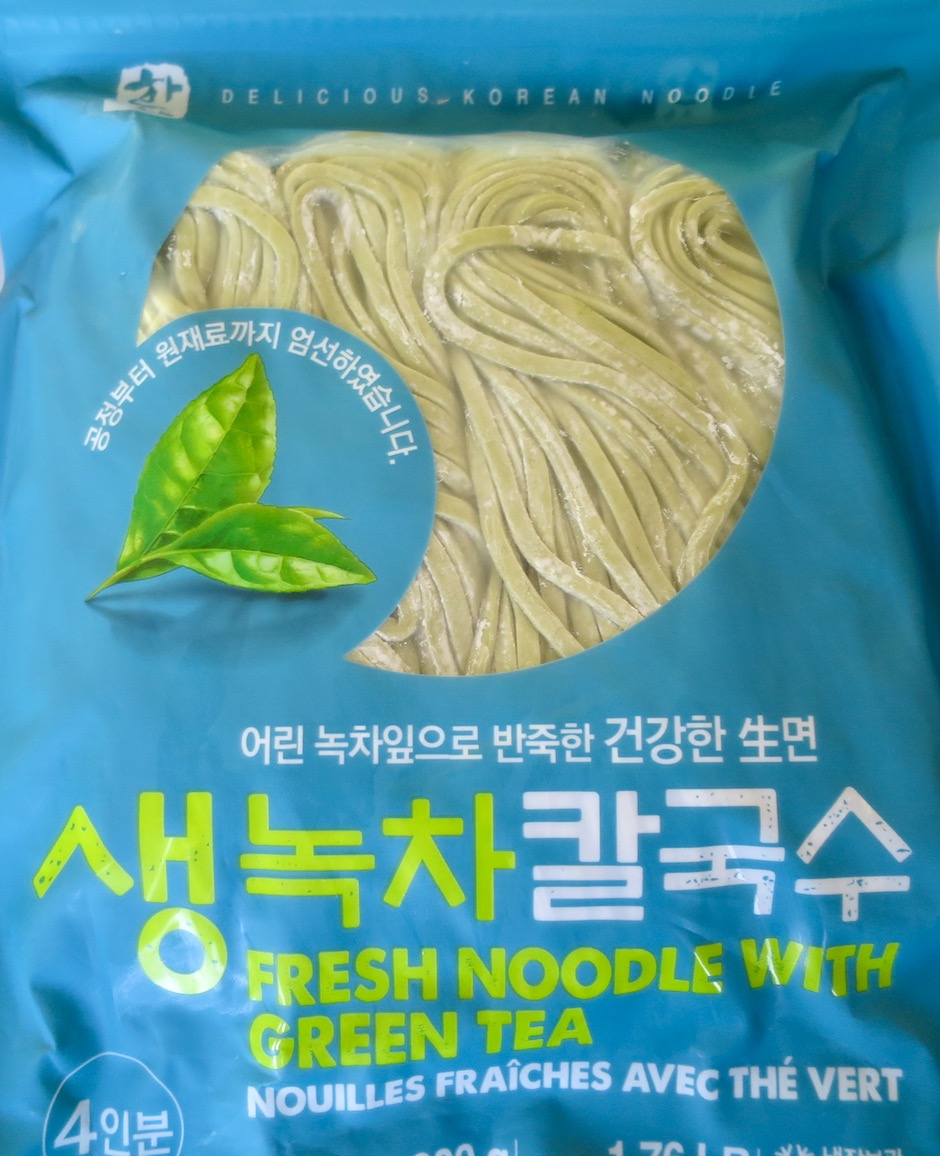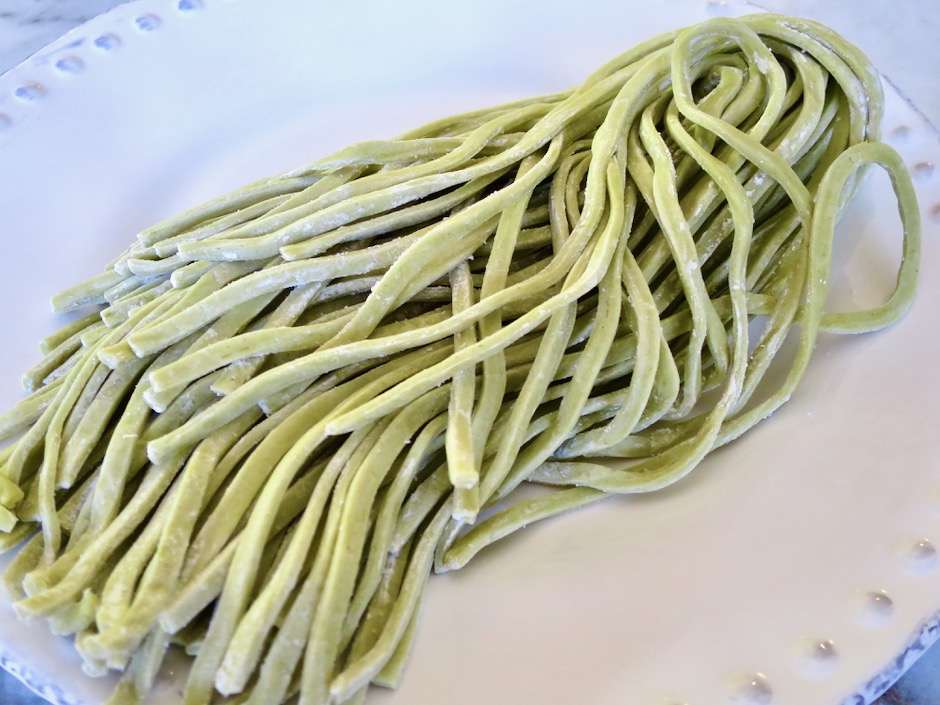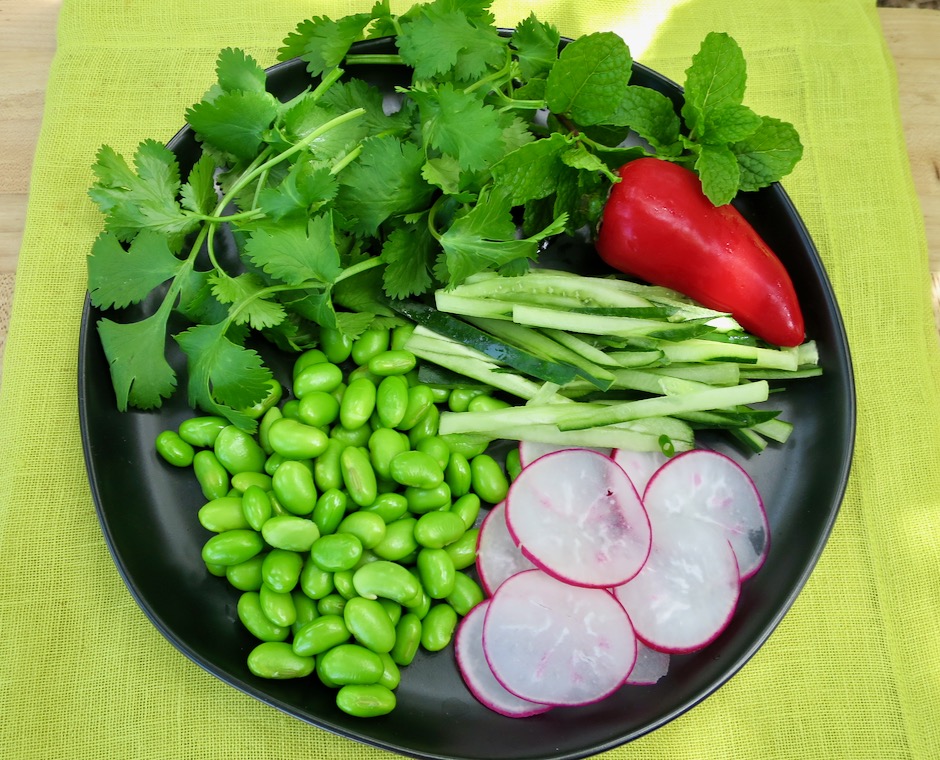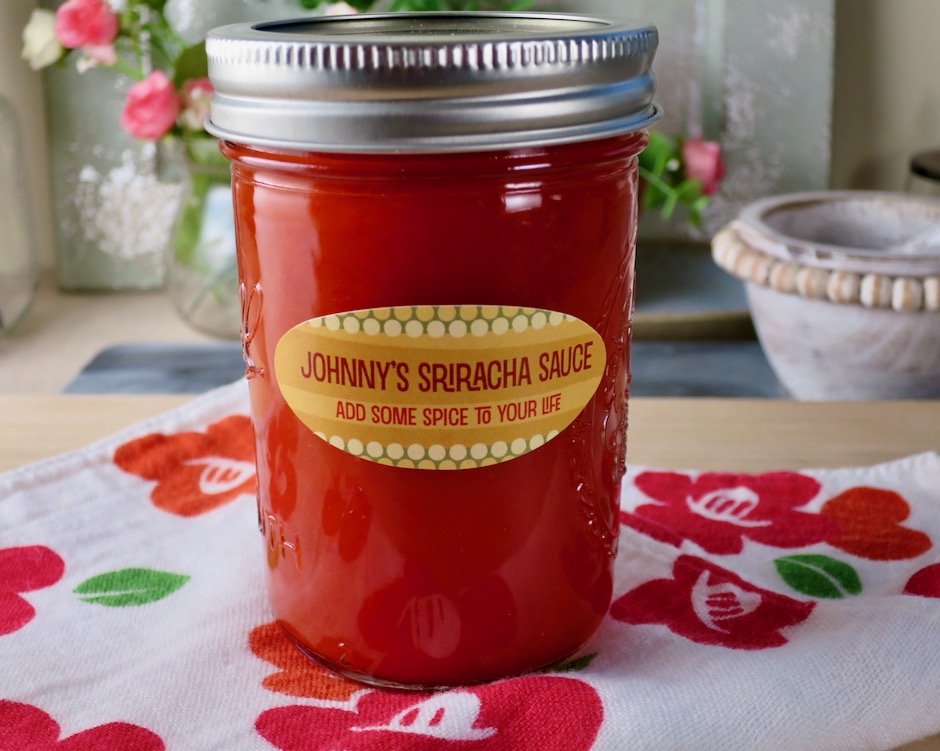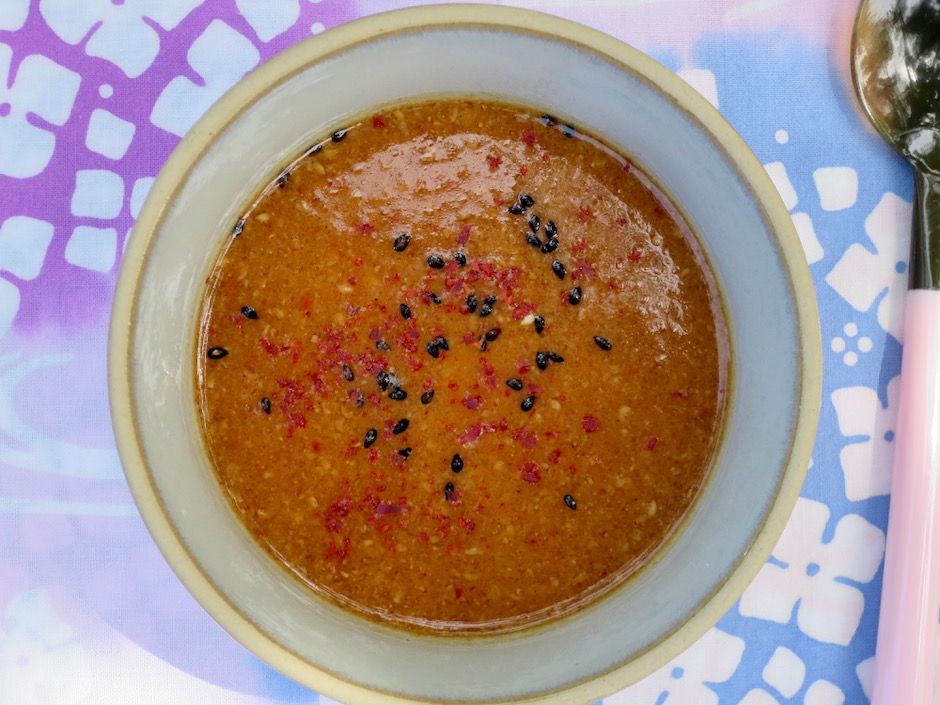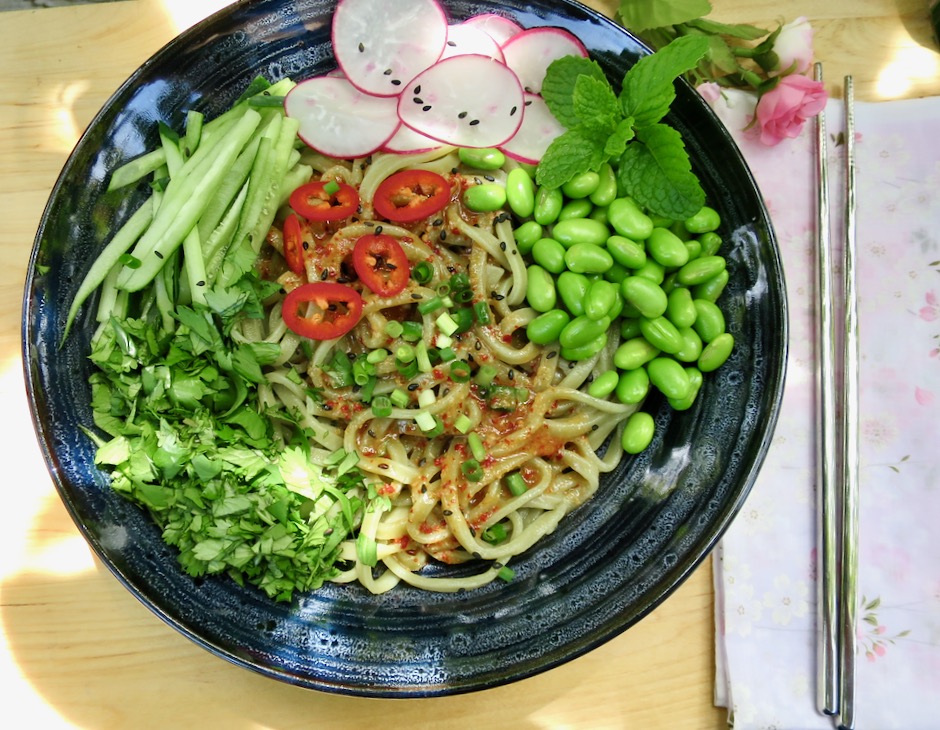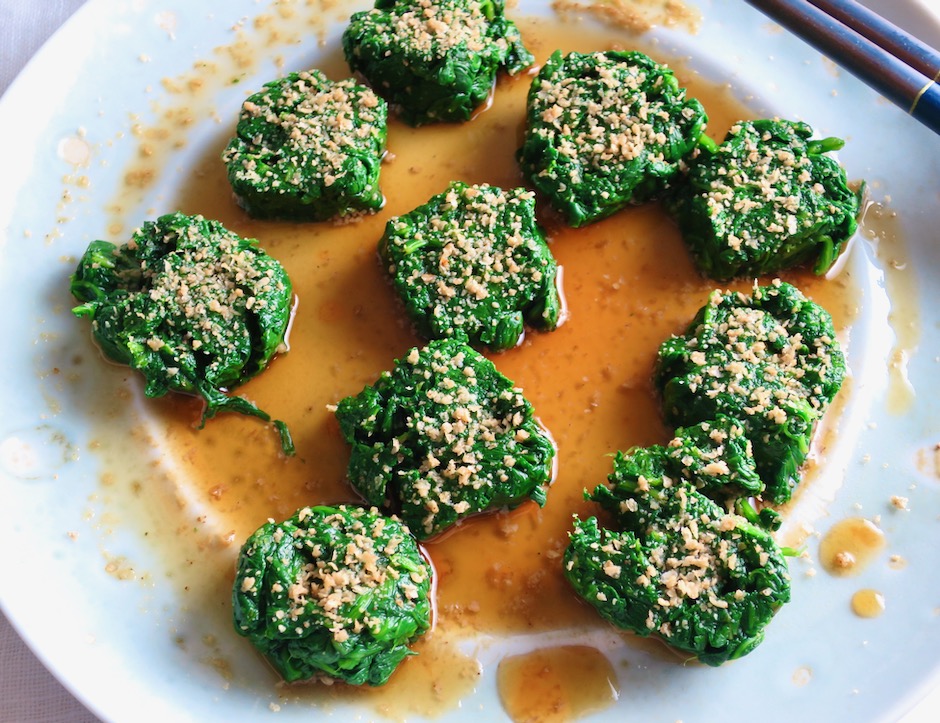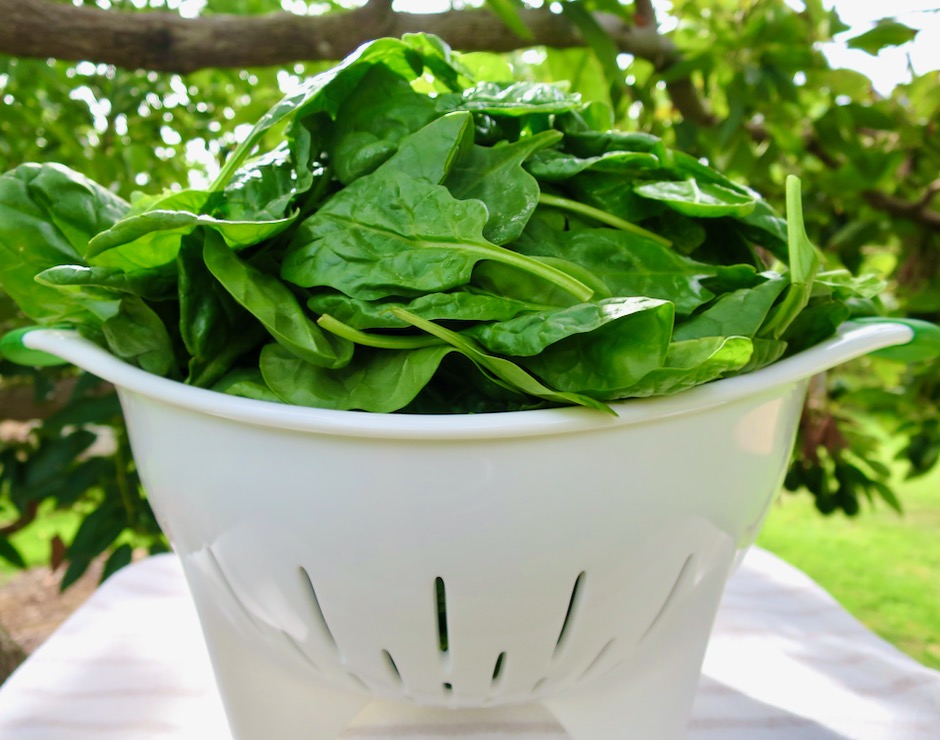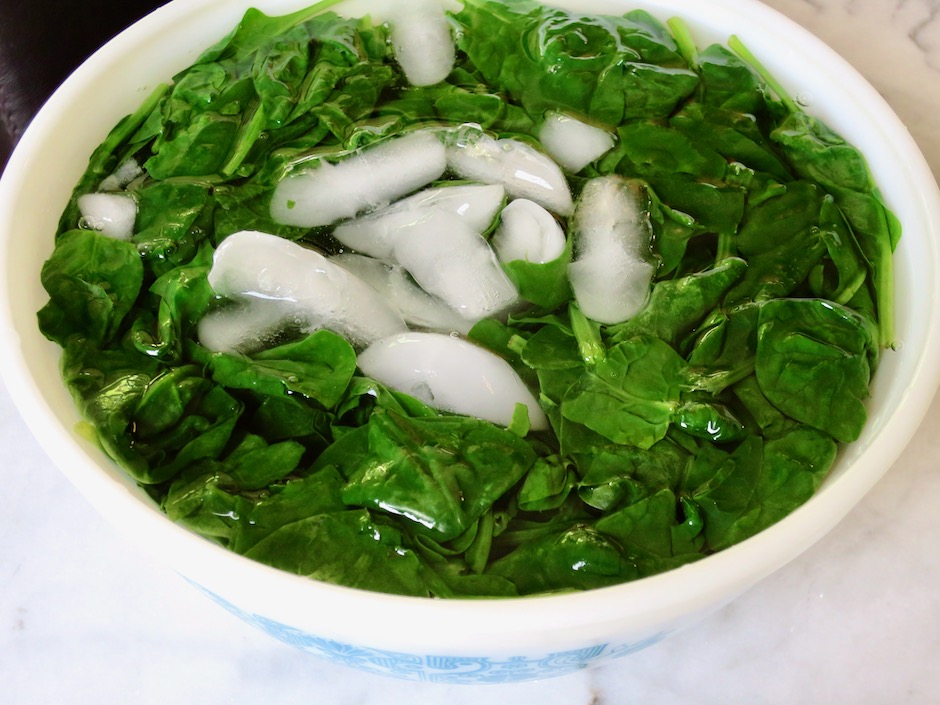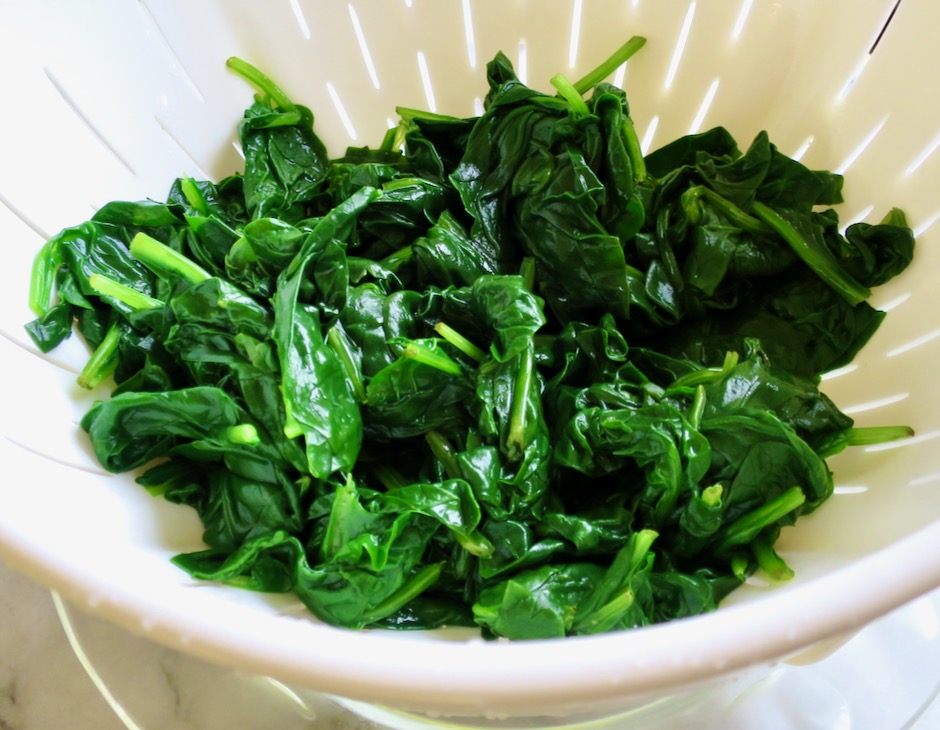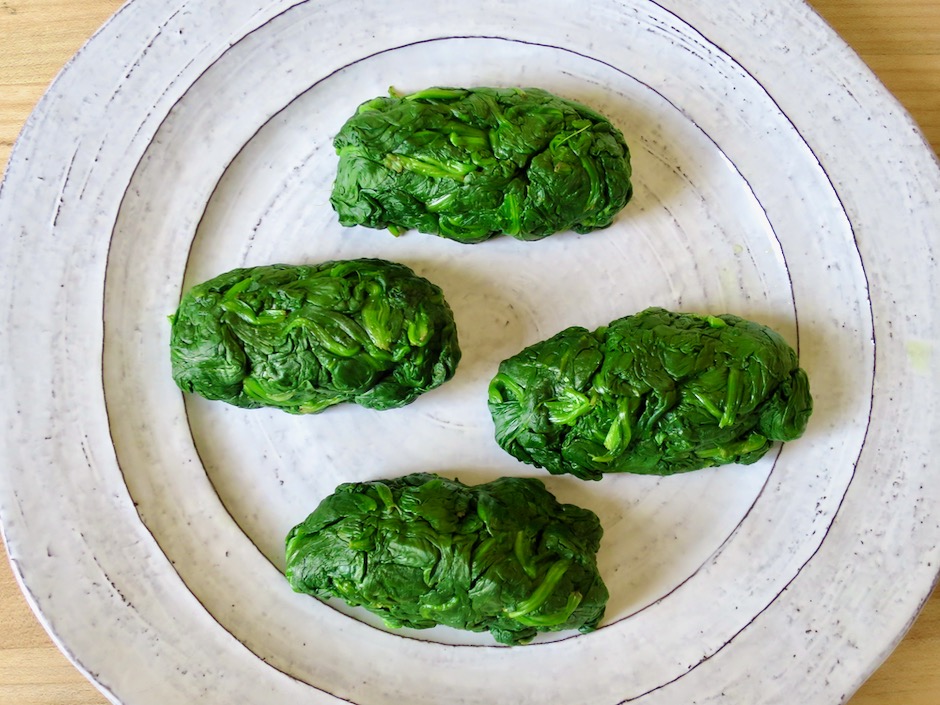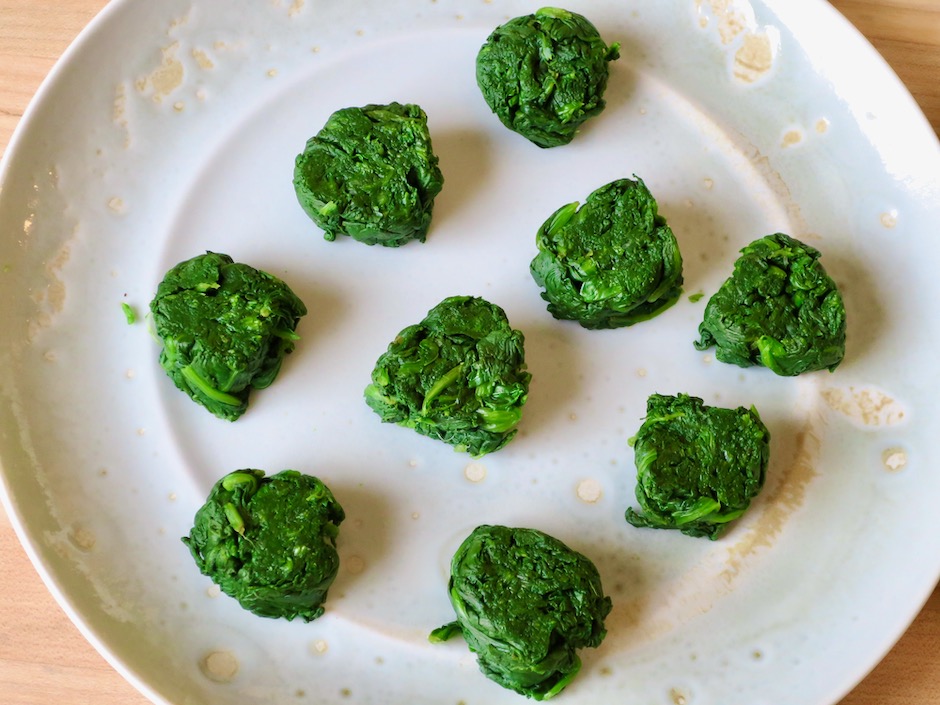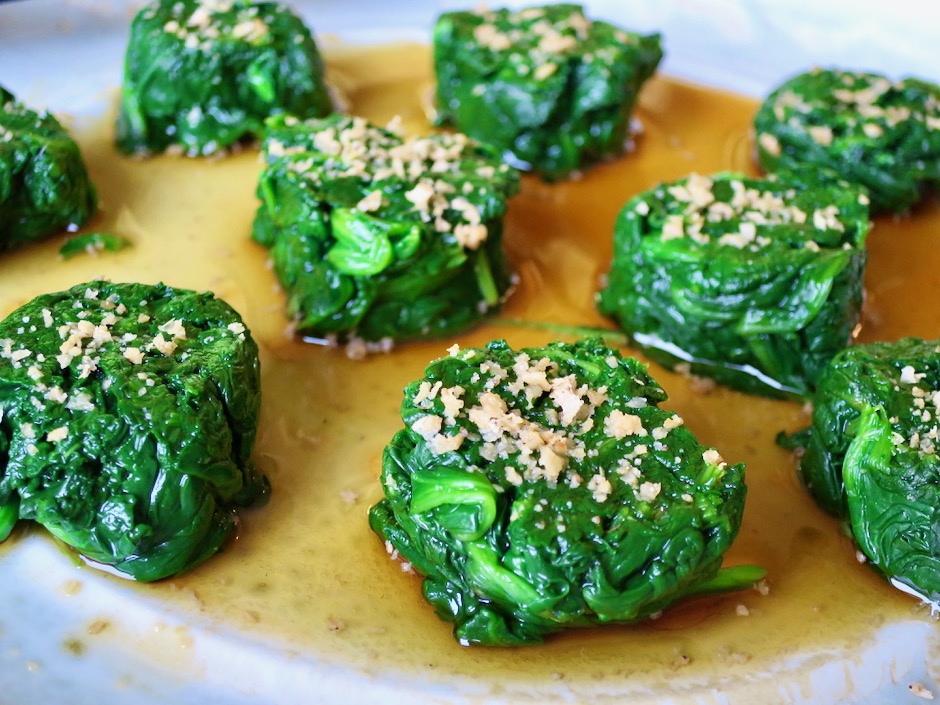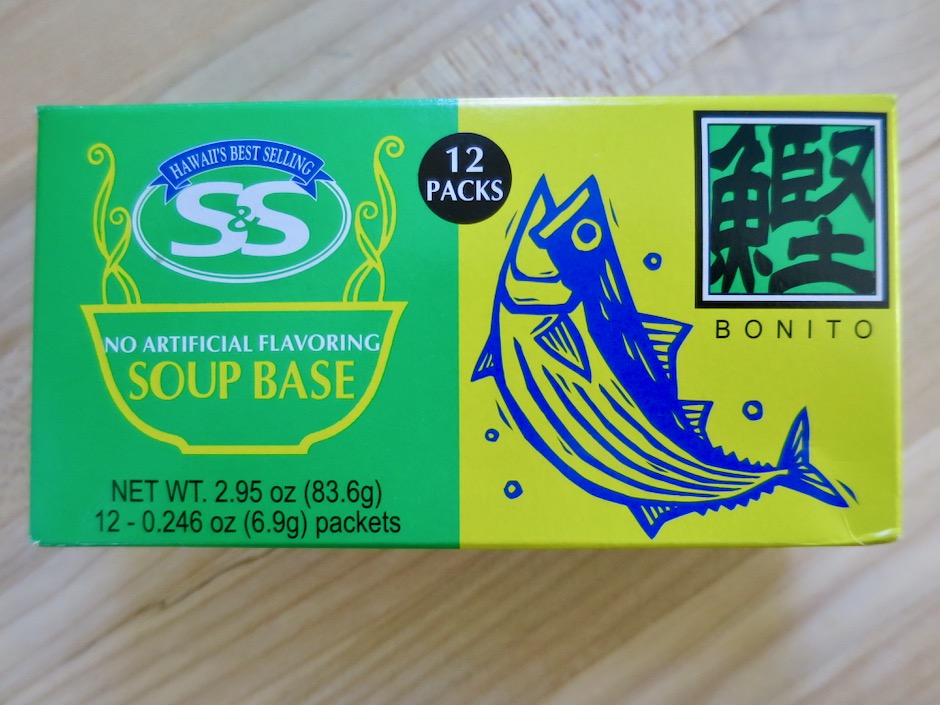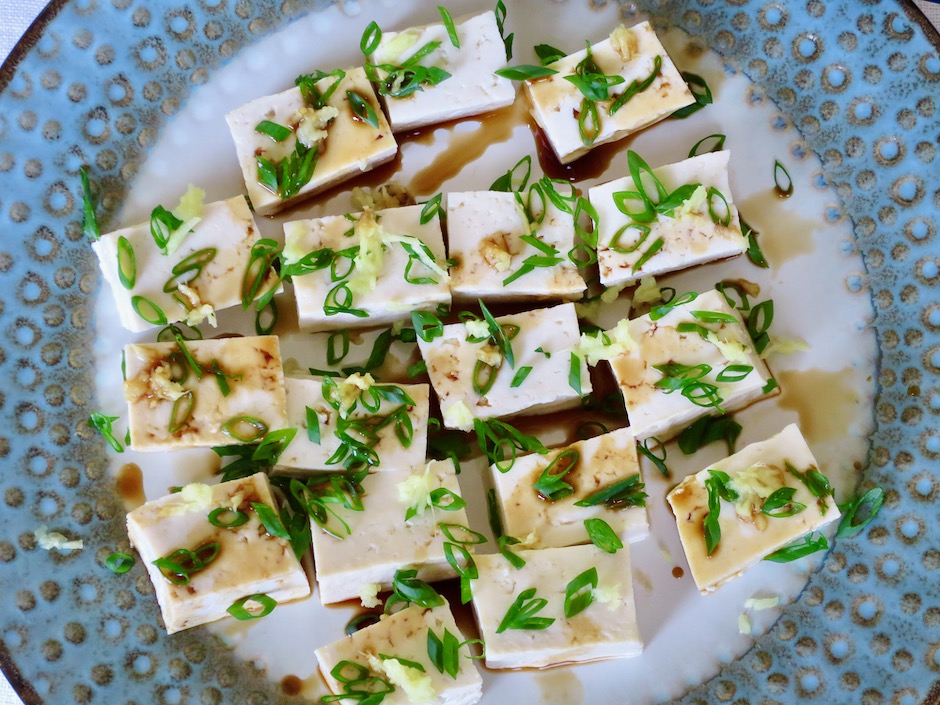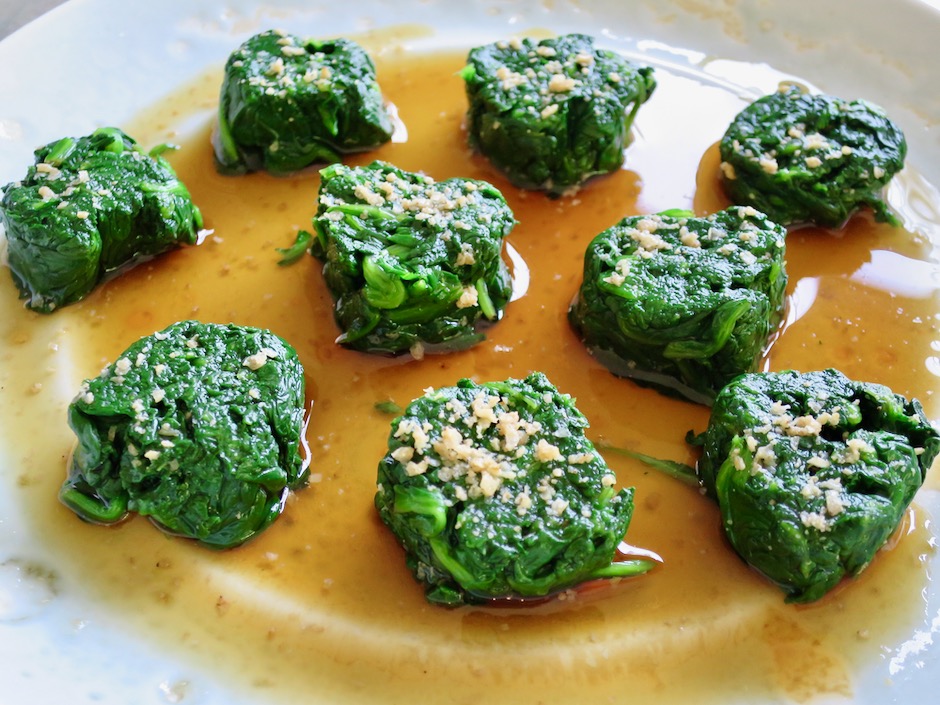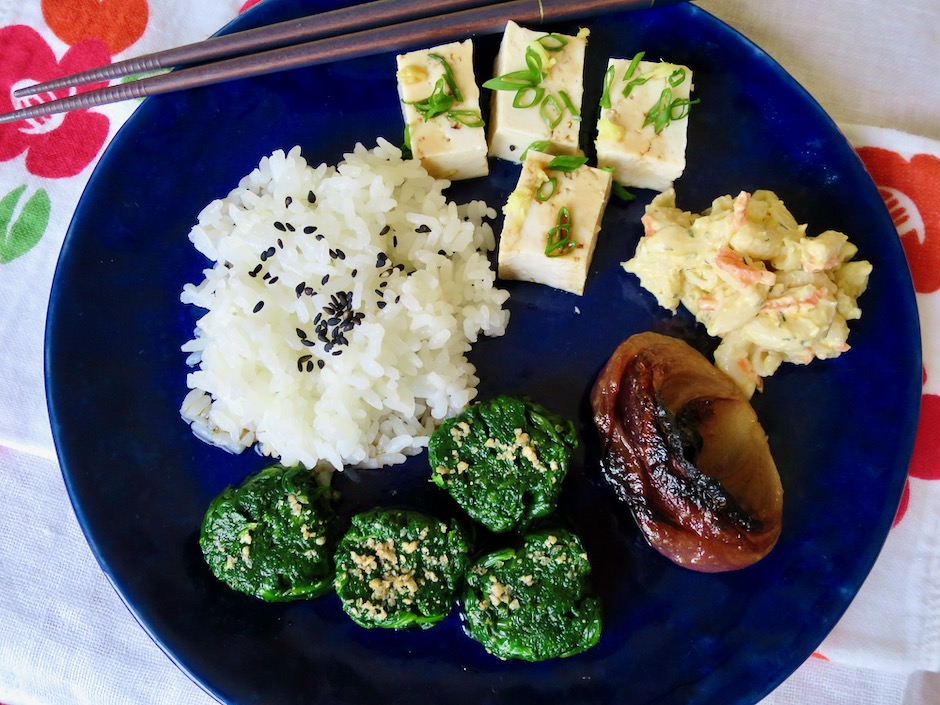My friend Michelle’s mom, Tomoe, always has a treat for me when I stop by to deliver produce from our garden. Like me, she is always busy making goodies to give away. Pickled mango, takuan, and mango bread are just a few of the delightful treats she makes. On a recent visit, Tomoe gave me a container of furikake animal crackers. I shared them with my co-workers and they all raved about how tasty they were. So here’s another recipe from Tomoe, who by the way is in her 90’s and still having fun in the kitchen.
The original recipe calls for 2 pounds of animal crackers (Target sells giant tubs in the cookie aisle). I cut the recipe in half and used 1 pound of crackers and made my own version (lactose free).
There are many variations of furikake available. For this recipe, it’s best to use one that has simple ingredients such as sesame seeds and nori (seaweed).
These couldn’t be simpler to make. Prepare the sauce, mix it up with the crackers, sprinkle with furikake, toss and bake.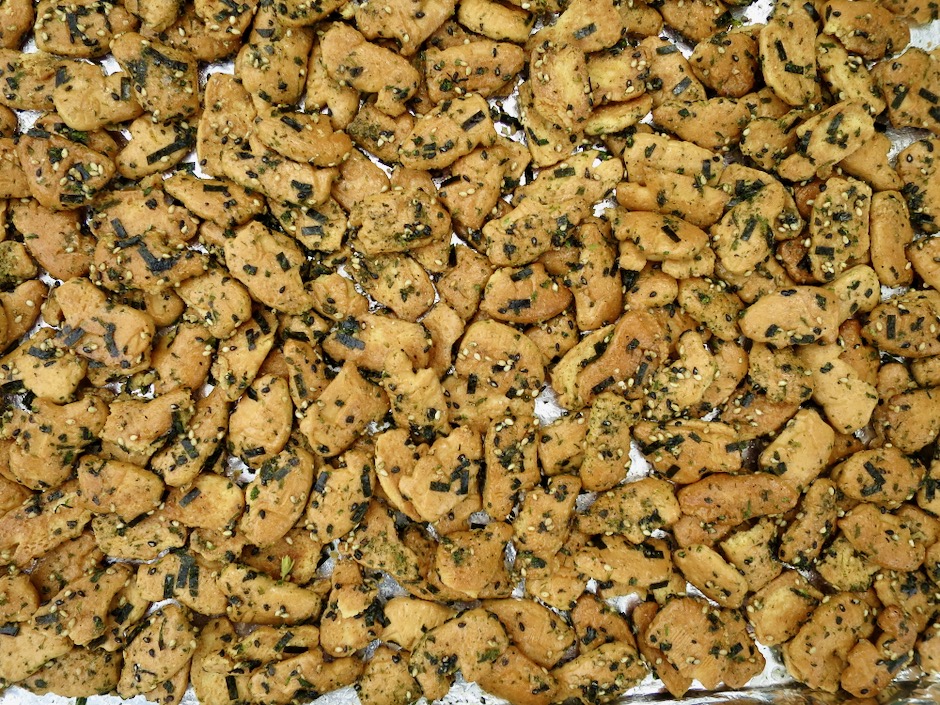
These crackers bake low and slow for about an hour. You will need to toss them every 15 minutes to ensure they crisp up evenly. I found that after the 1 hour baking time was up, some of the animal crackers were stuck together. Just split them apart with a thin spatula before you set them aside to cool.
Nicely glazed with bits of sesame seeds and nori on each cookie, these are a tasty treat.
- 1 pound animal crackers
- ⅓ cup furikake
- ½ stick (2 ounces) vegan Buttery Sticks (or regular butter)
- 2 tablespoons + 2 teaspoons granulated sugar
- 1 scant teaspoon kosher salt
- 2 tablespoons + 2 teaspoons light corn syrup
- 2 tablespoons + 2 teaspoons canola oil
- Heat oven to 250 degrees. Line a rimmed half sheet pan (jelly roll pan) with heavy duty foil.
- Pile animal crackers on the foil lined baking sheet. Set aside.
- Melt Buttery Stick in a small saucepan over medium-low heat. Add sugar and salt and stir until dissolved. Remove from heat. Add corn syrup and oil. Whisk to combine. Pour syrup over animal crackers. Using disposable gloves, toss crackers with syrup until evenly coated. Sprinkle furikake over crackers and toss again. Bake for 1 hour, stirring every 15 minutes so the crackers bake evenly. Remove pan from oven to cool. If you notice any crackers stuck to one another, split them before they cool completely. The syrup will harden as the crackers cool. Store crackers in tightly sealed containers. I keep mine in the refrigerator.
